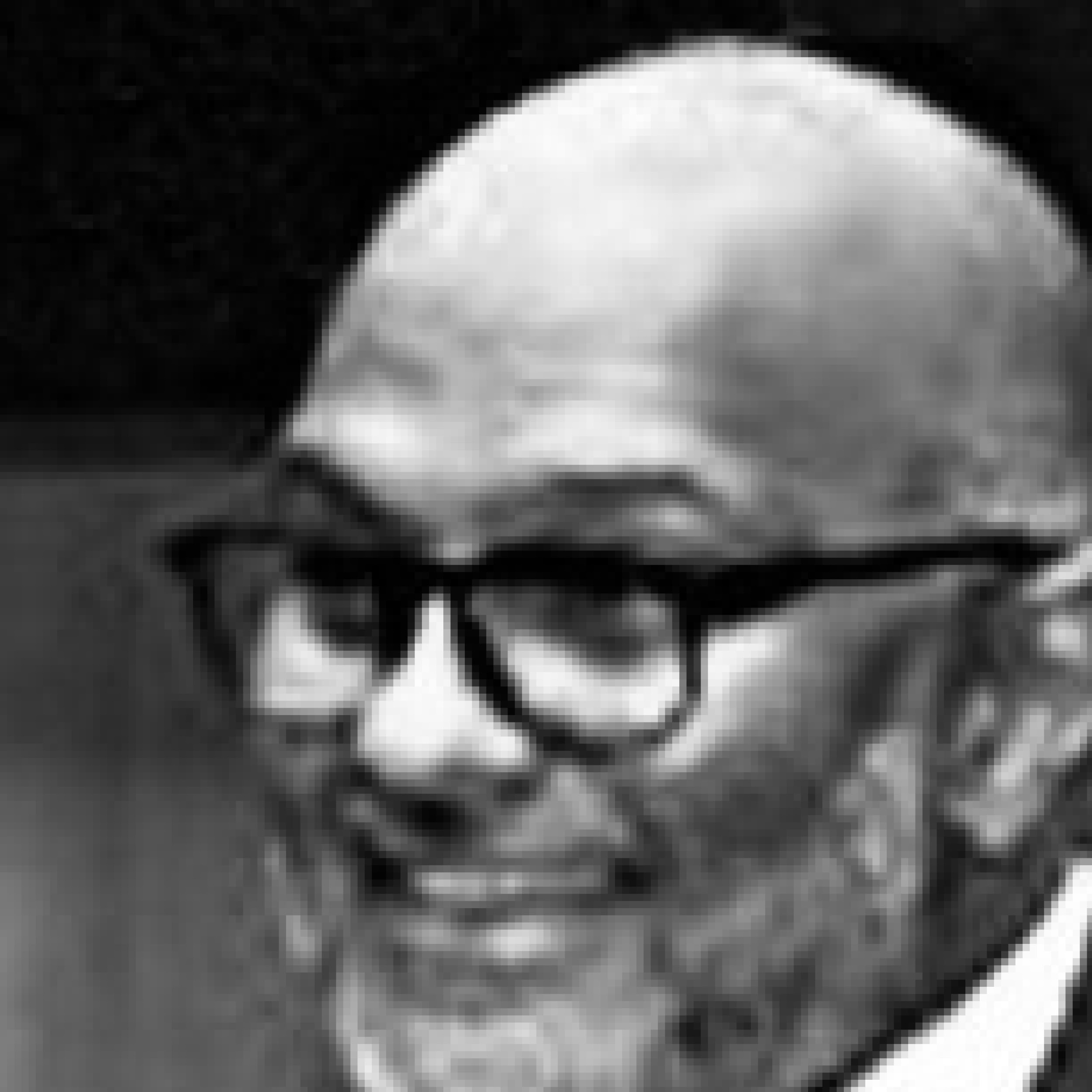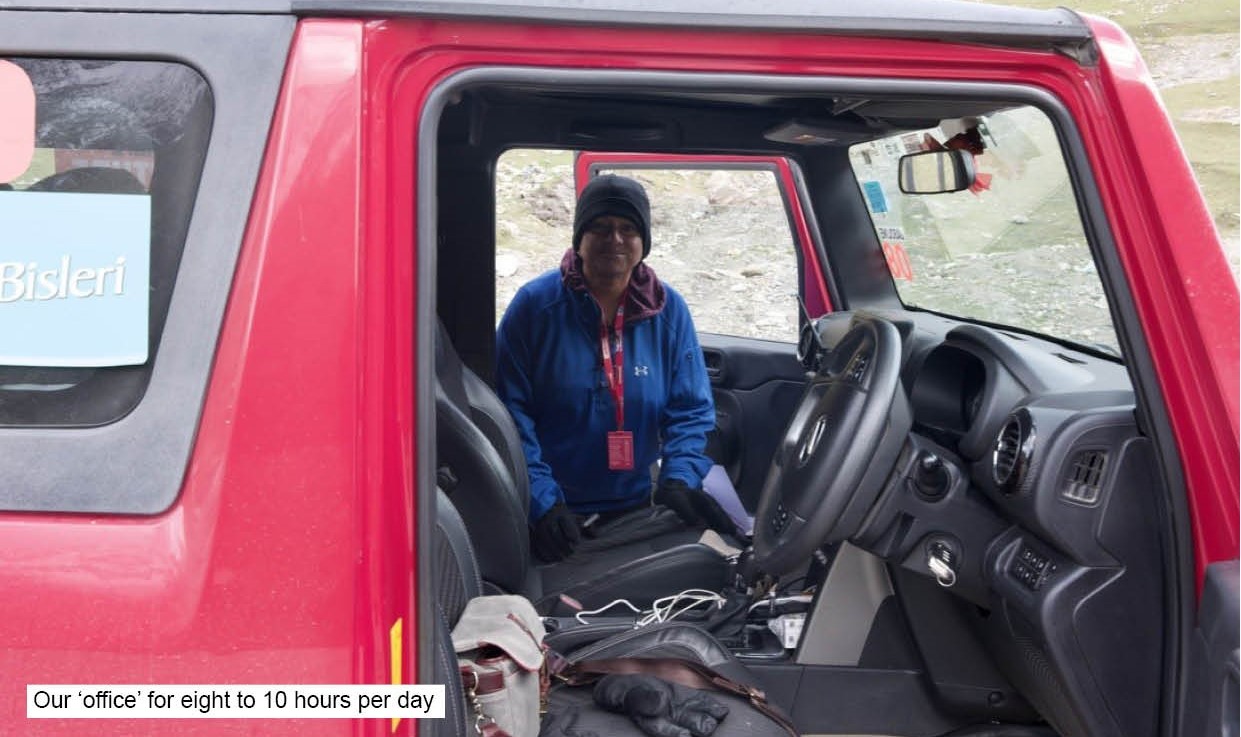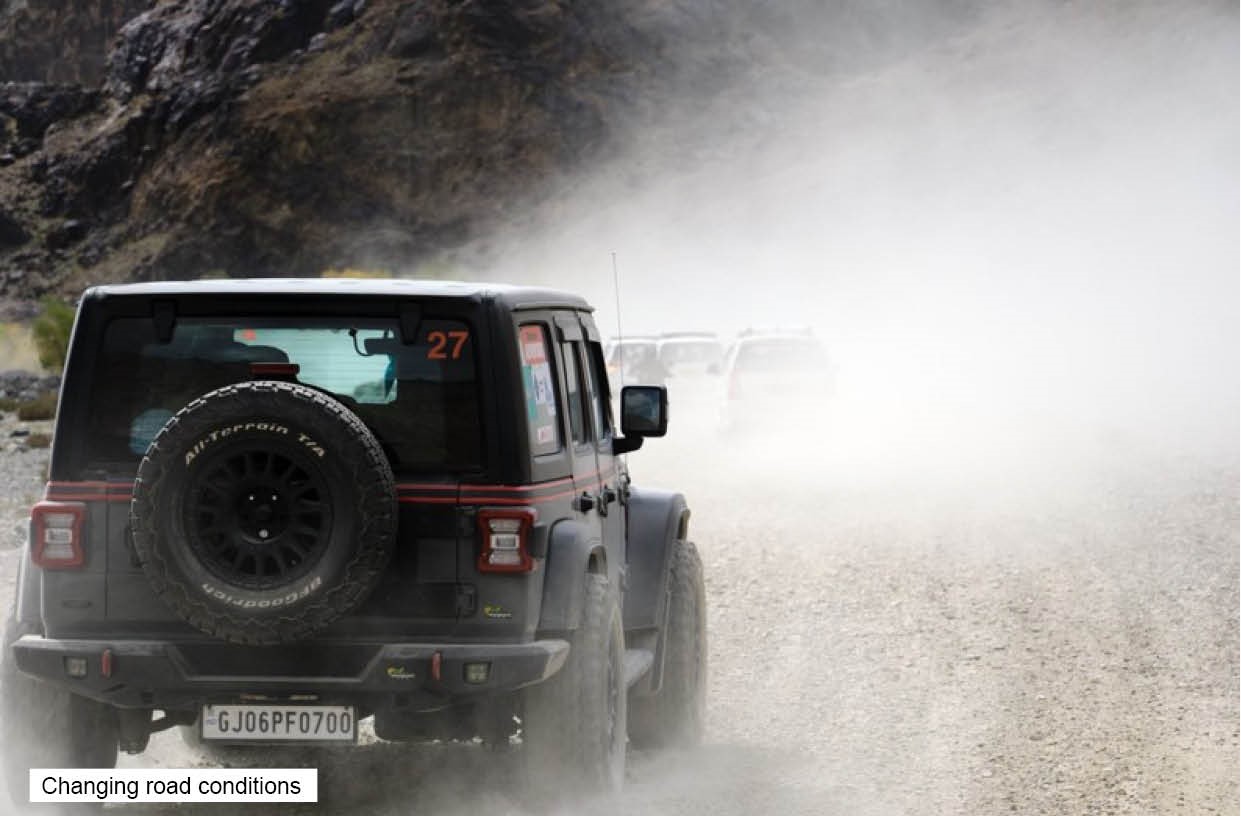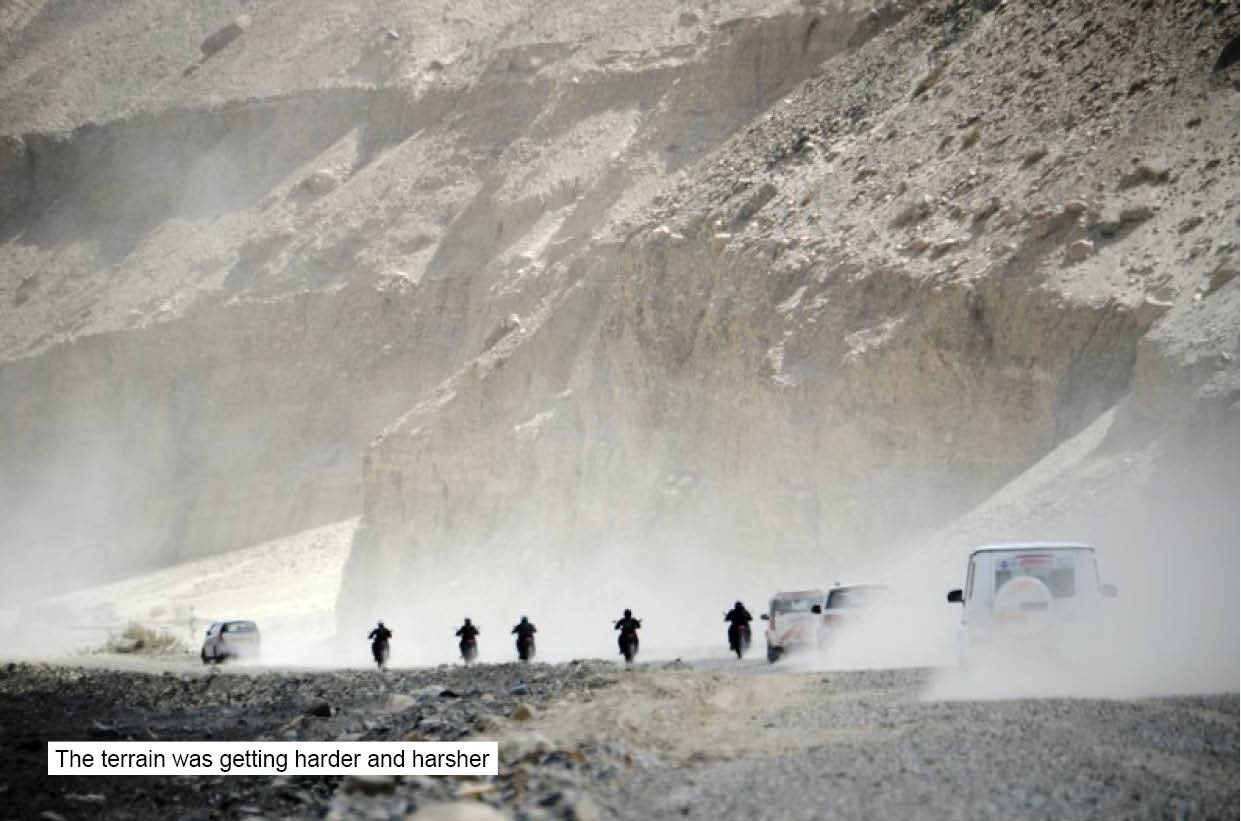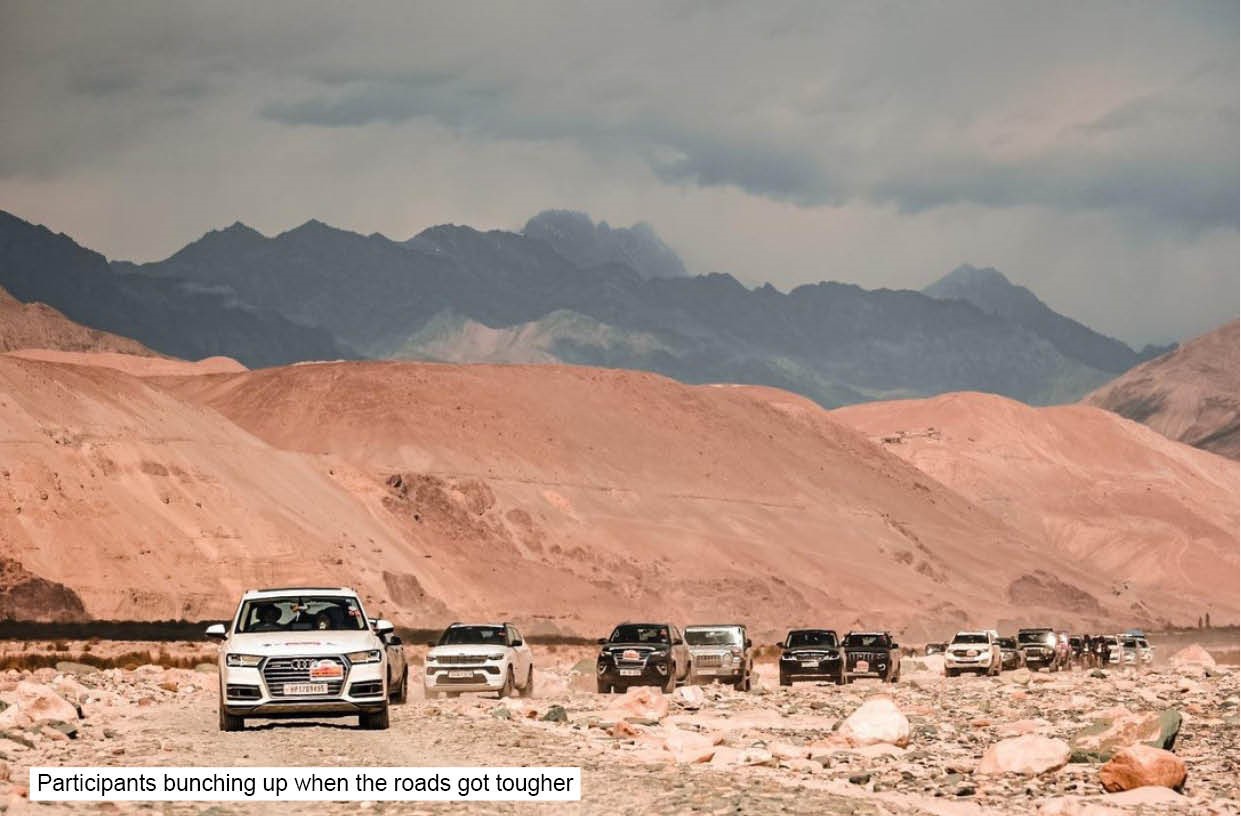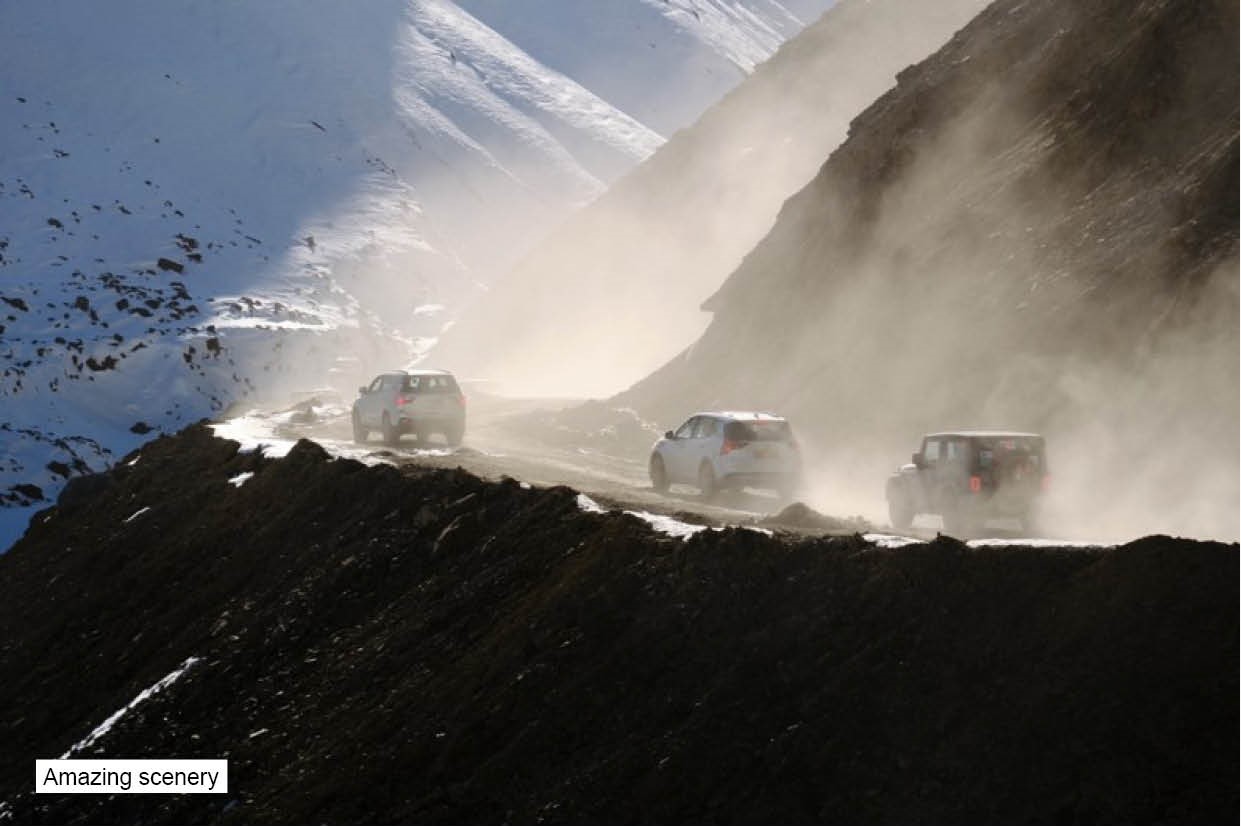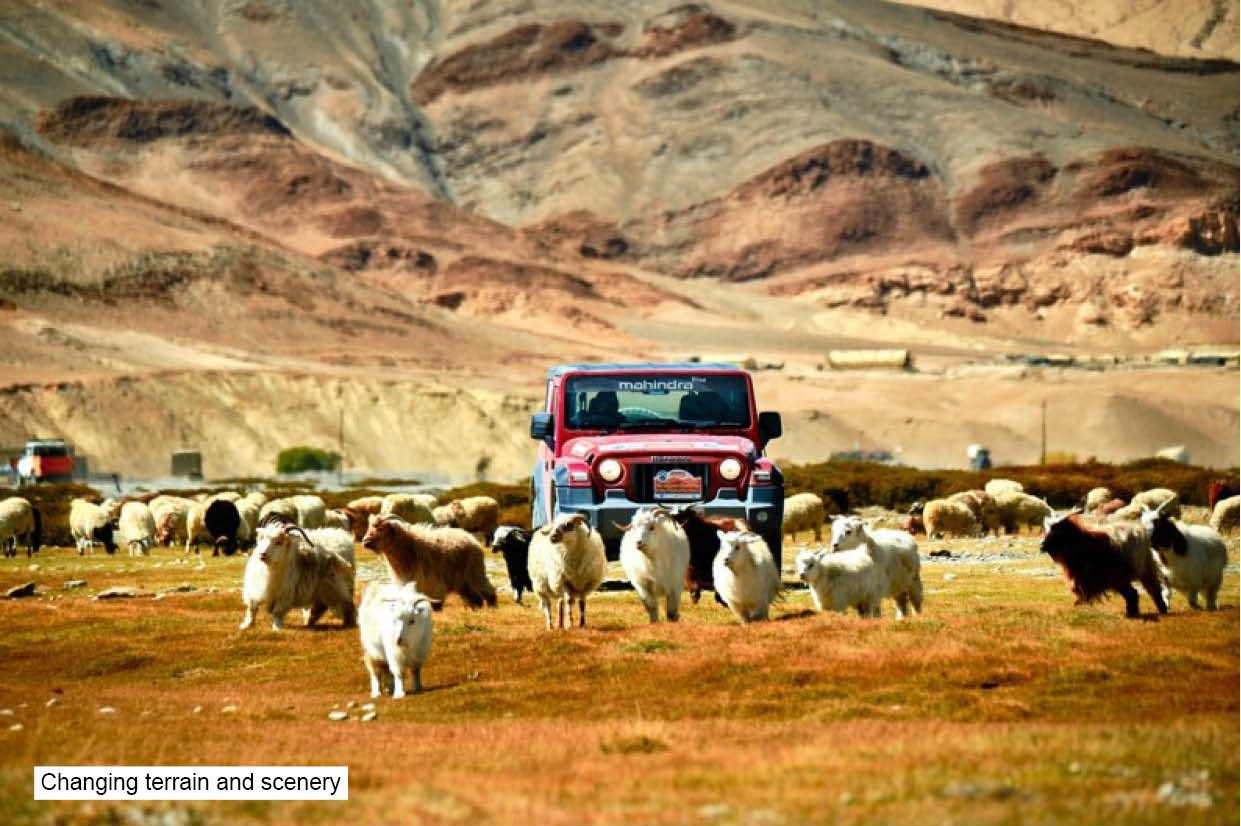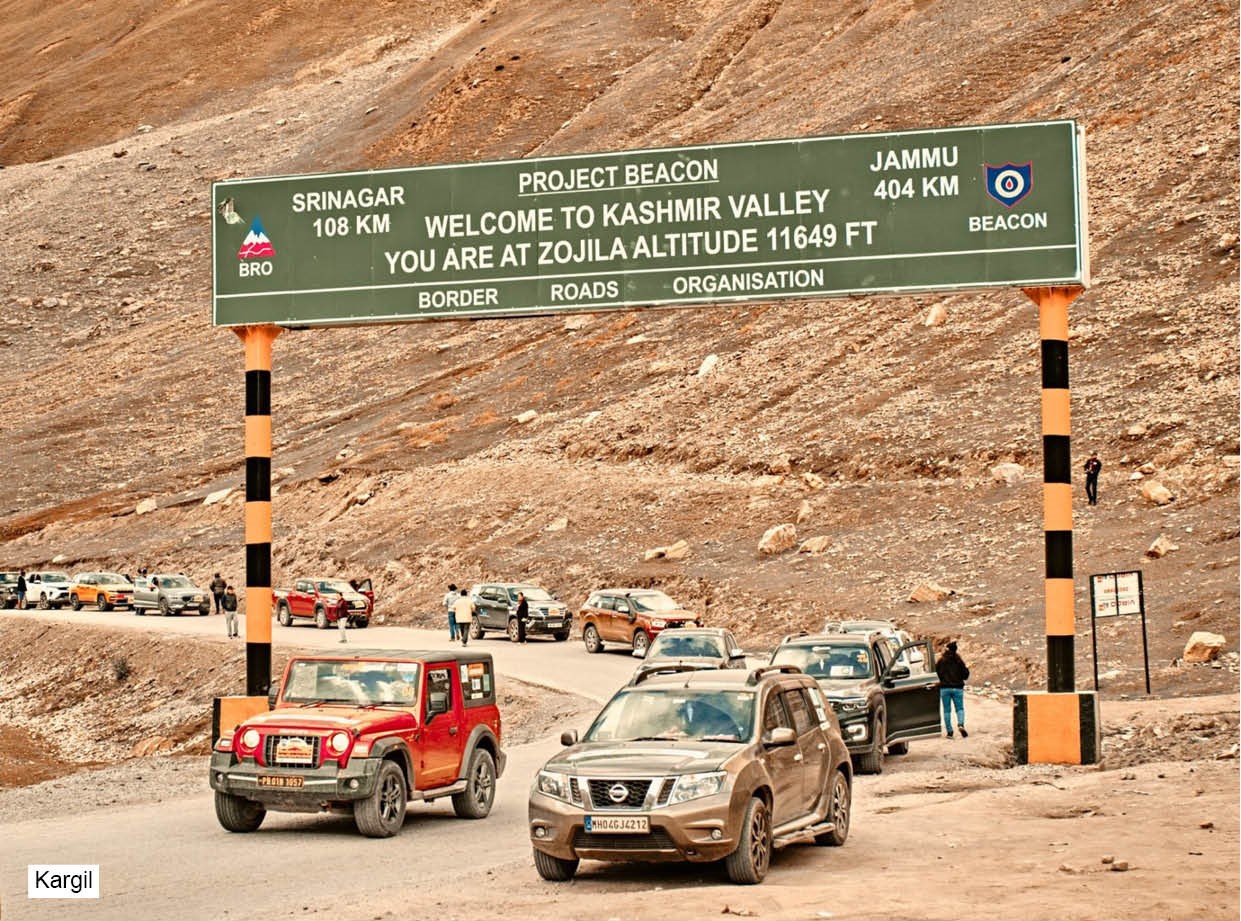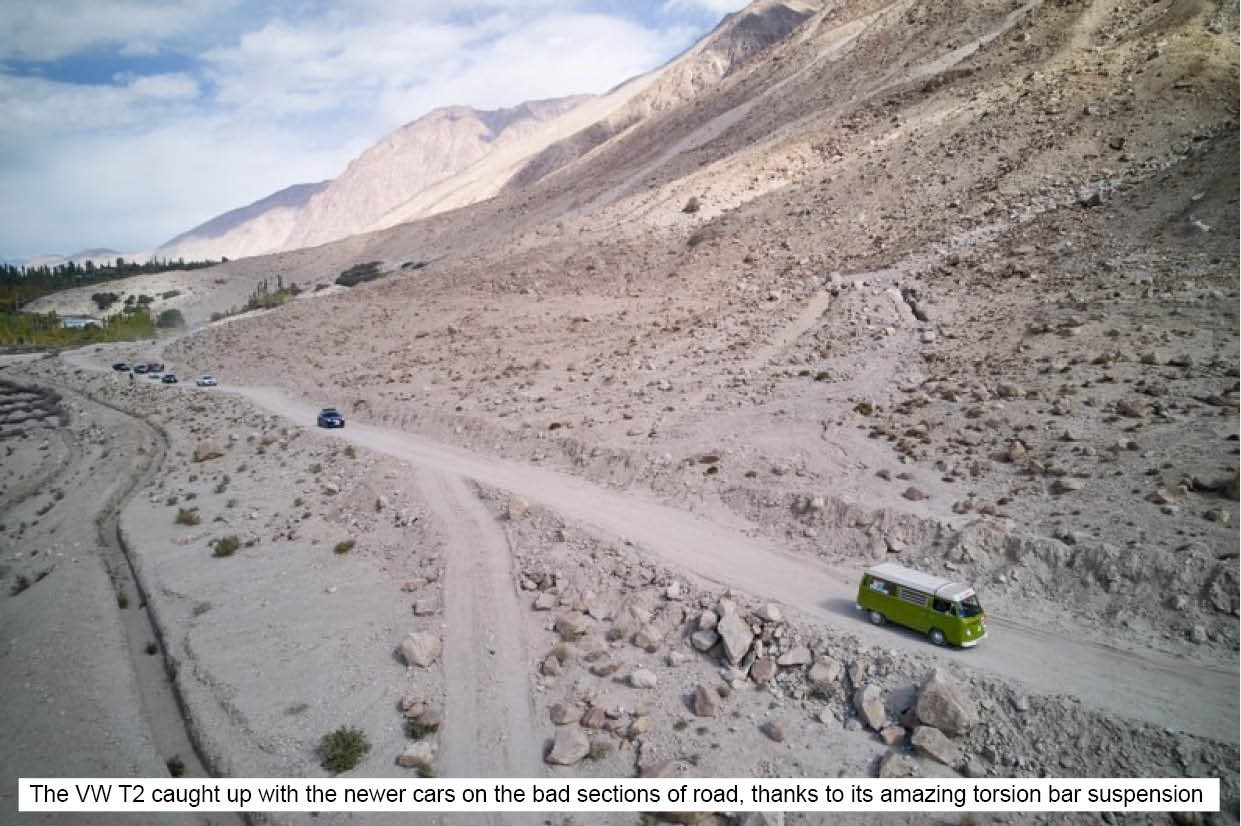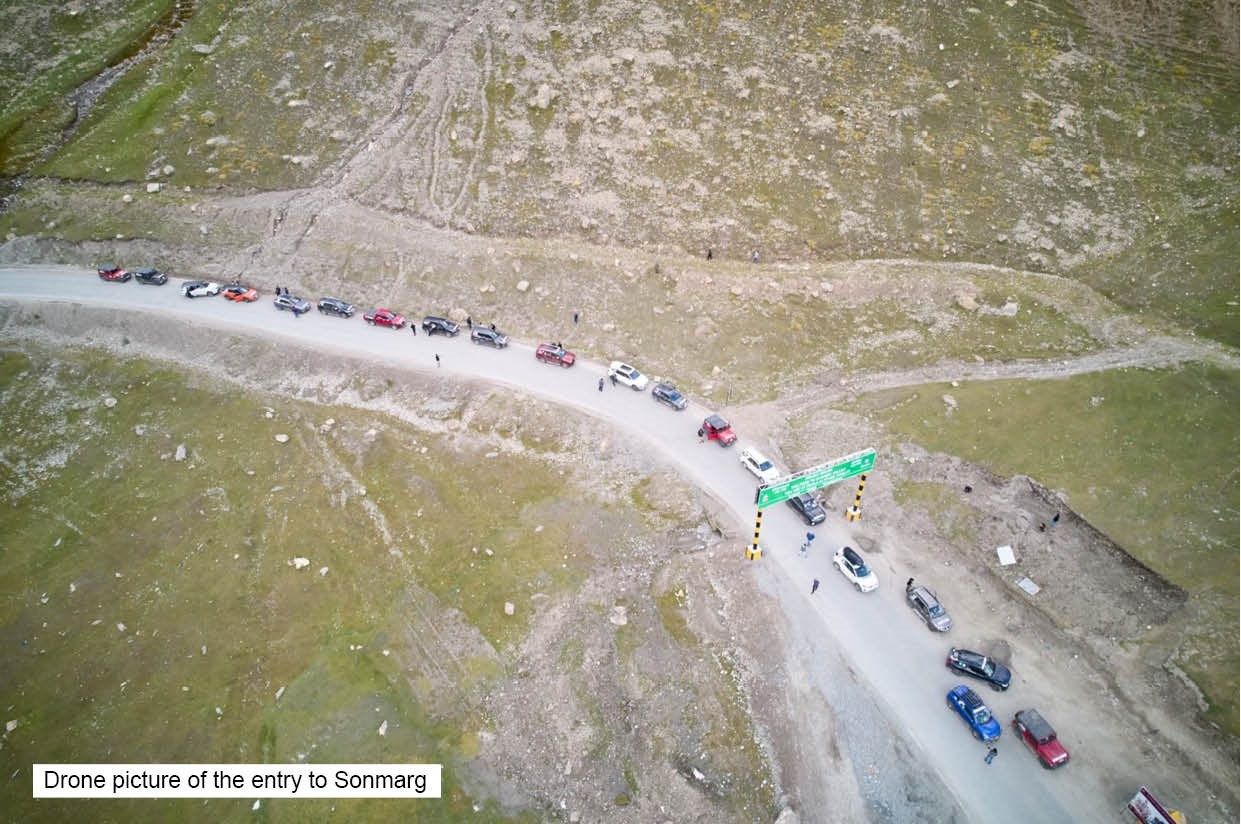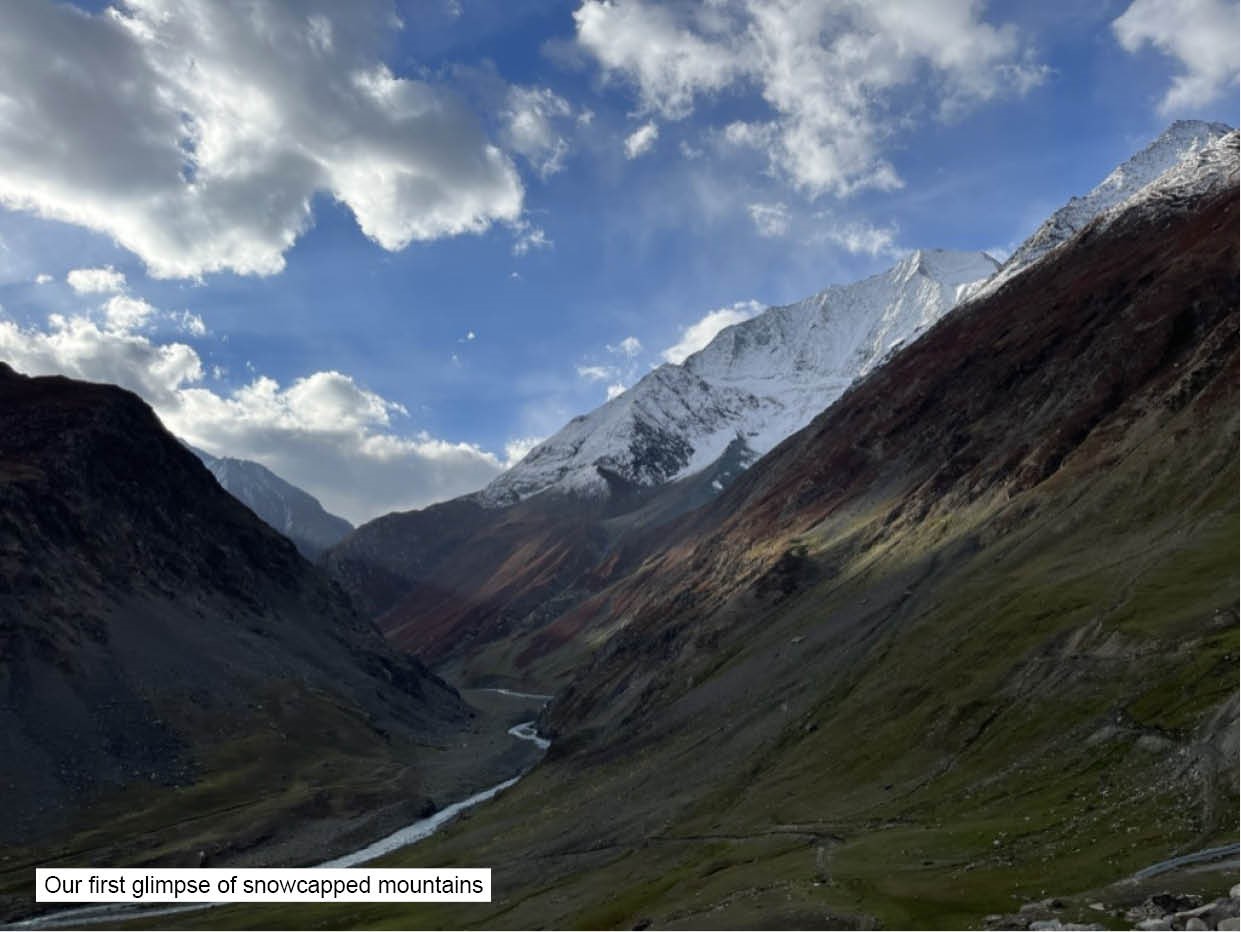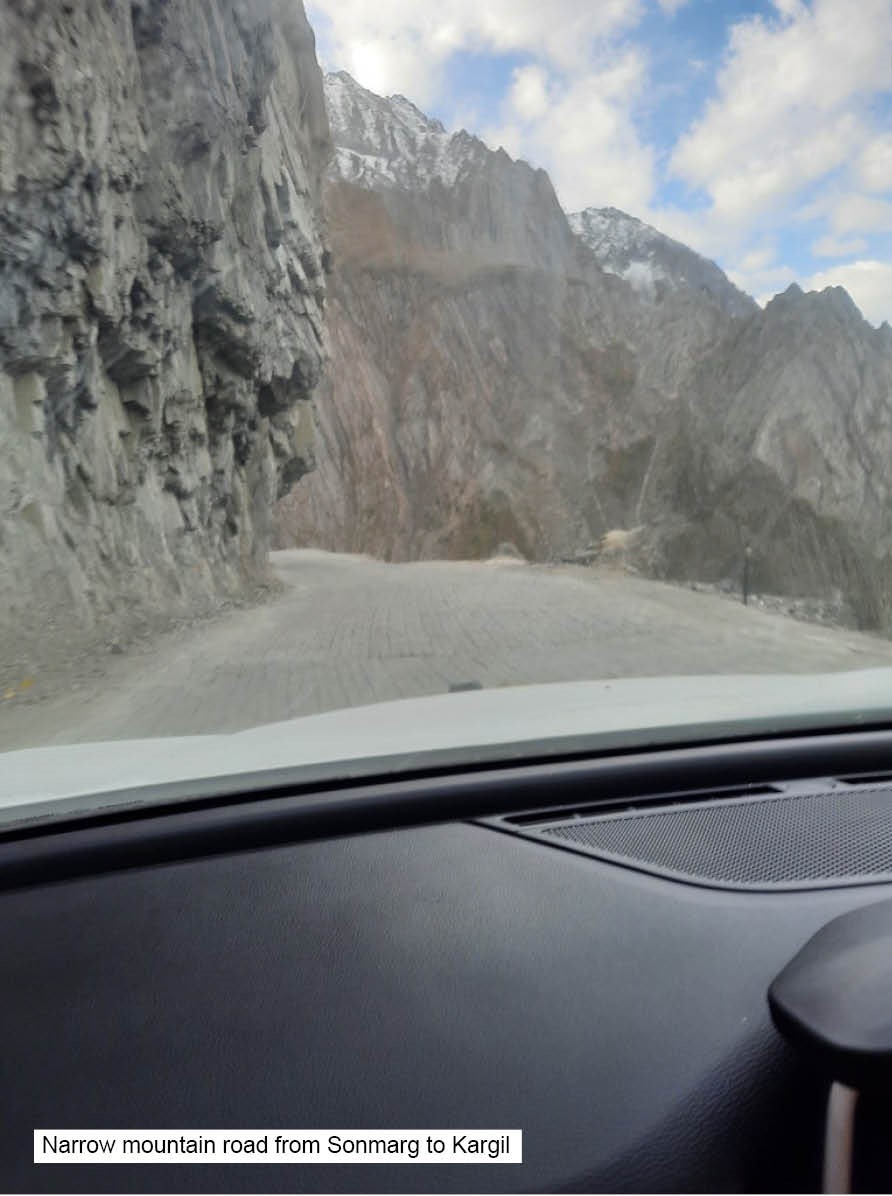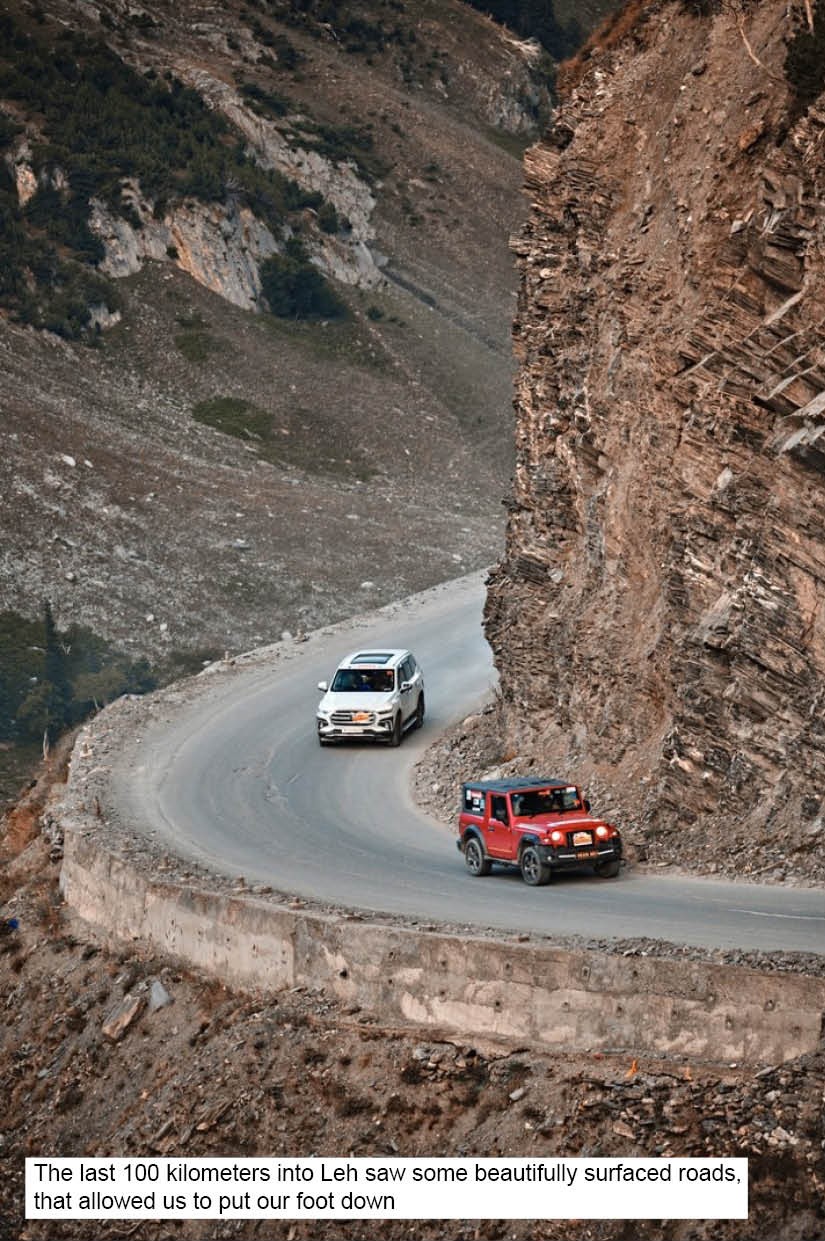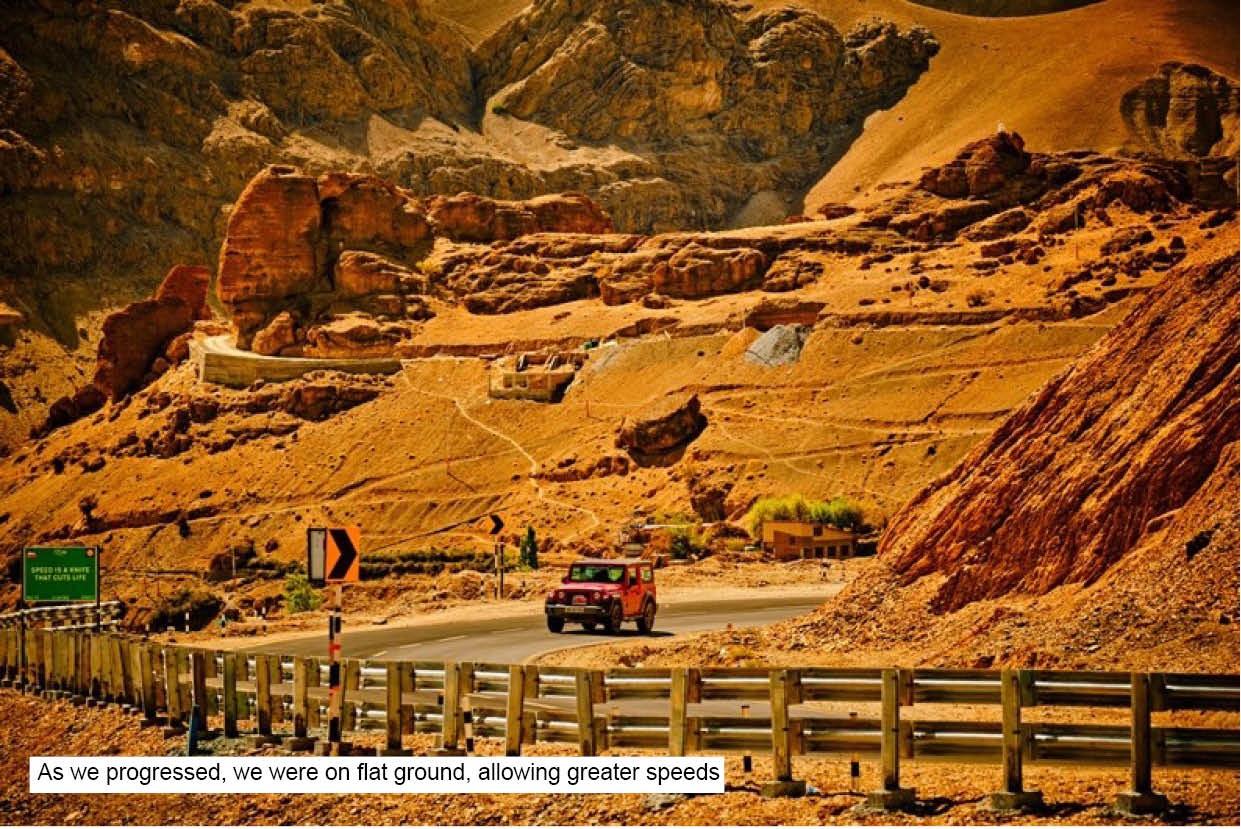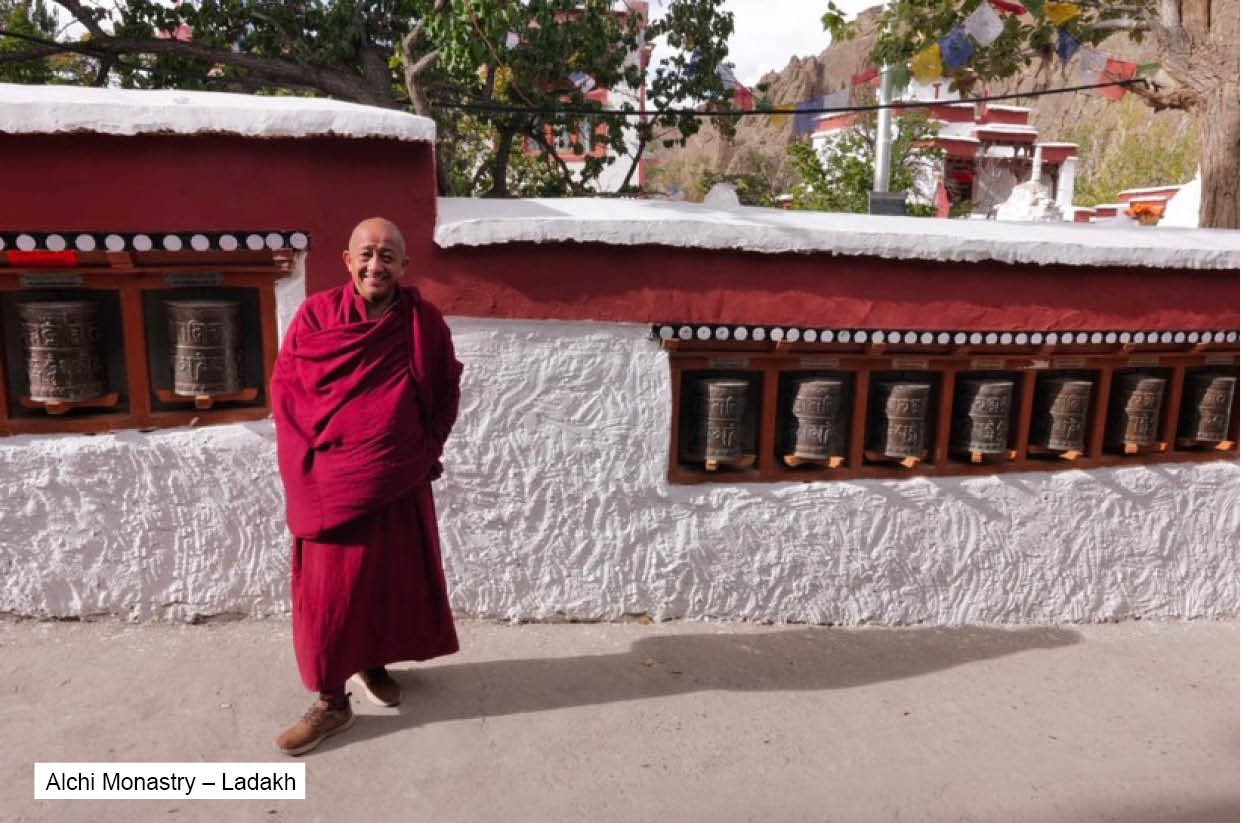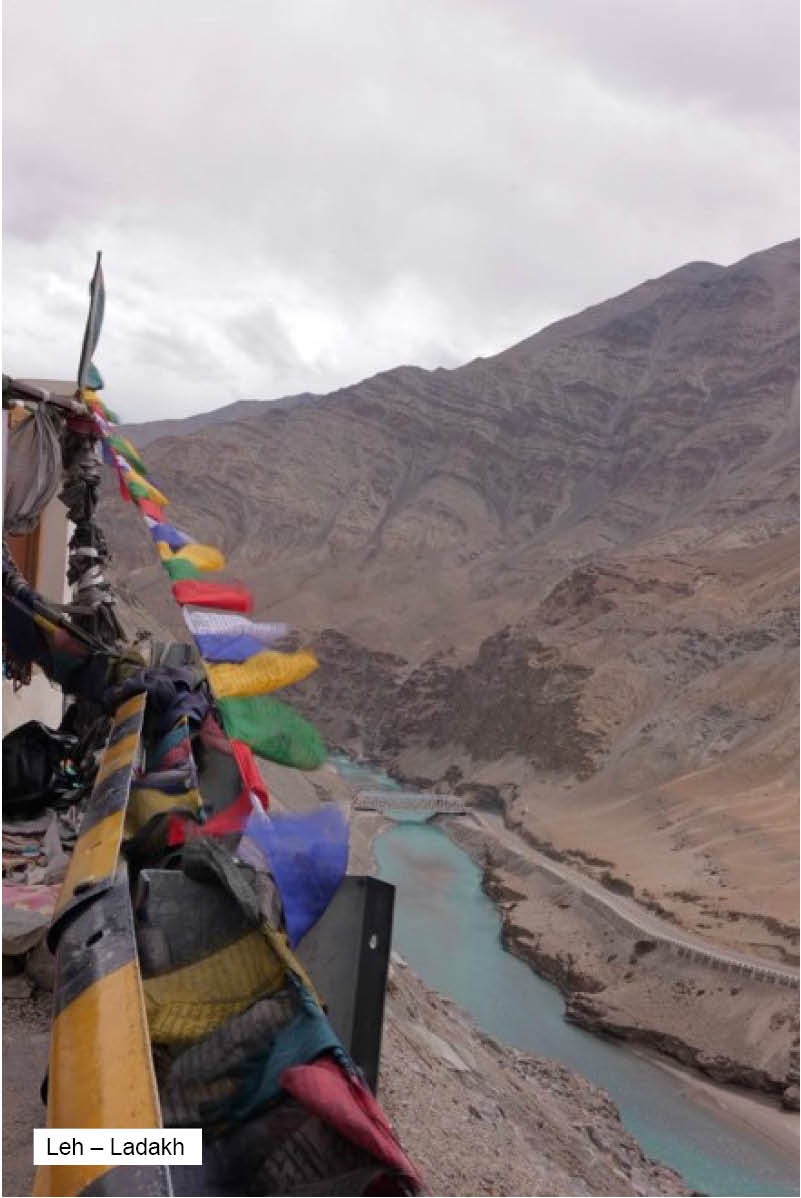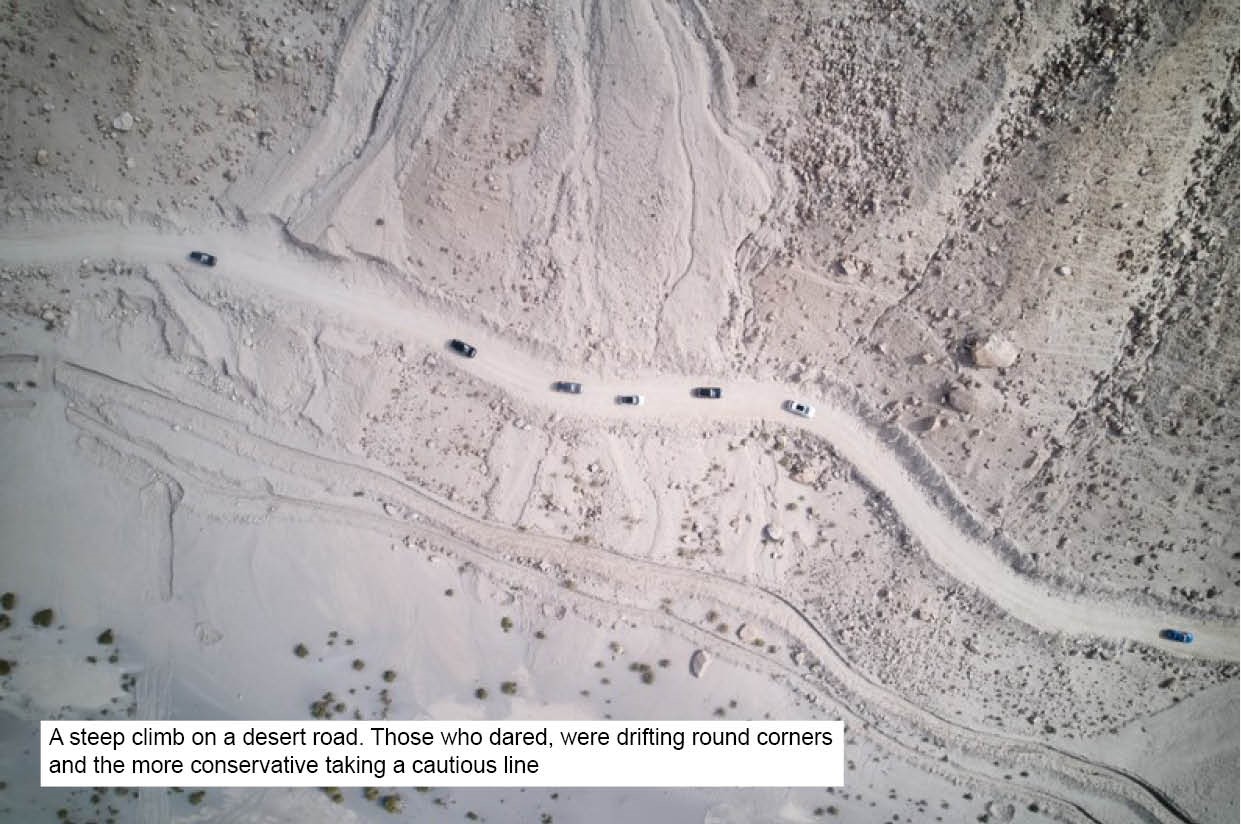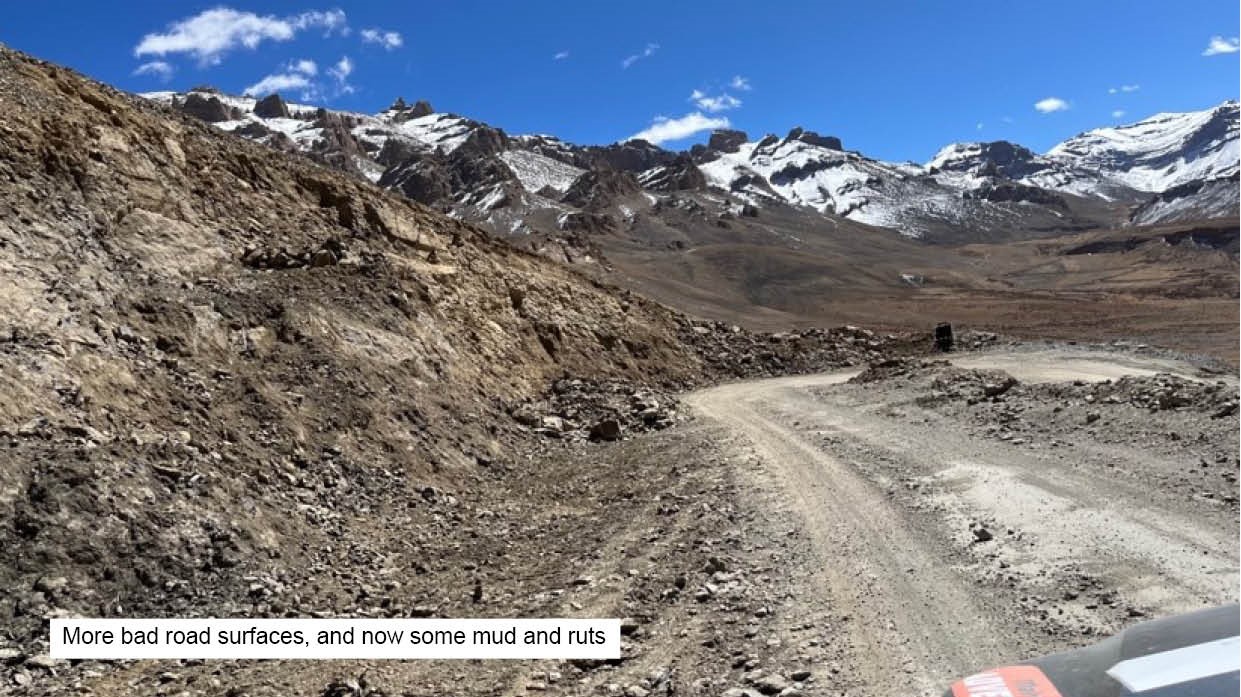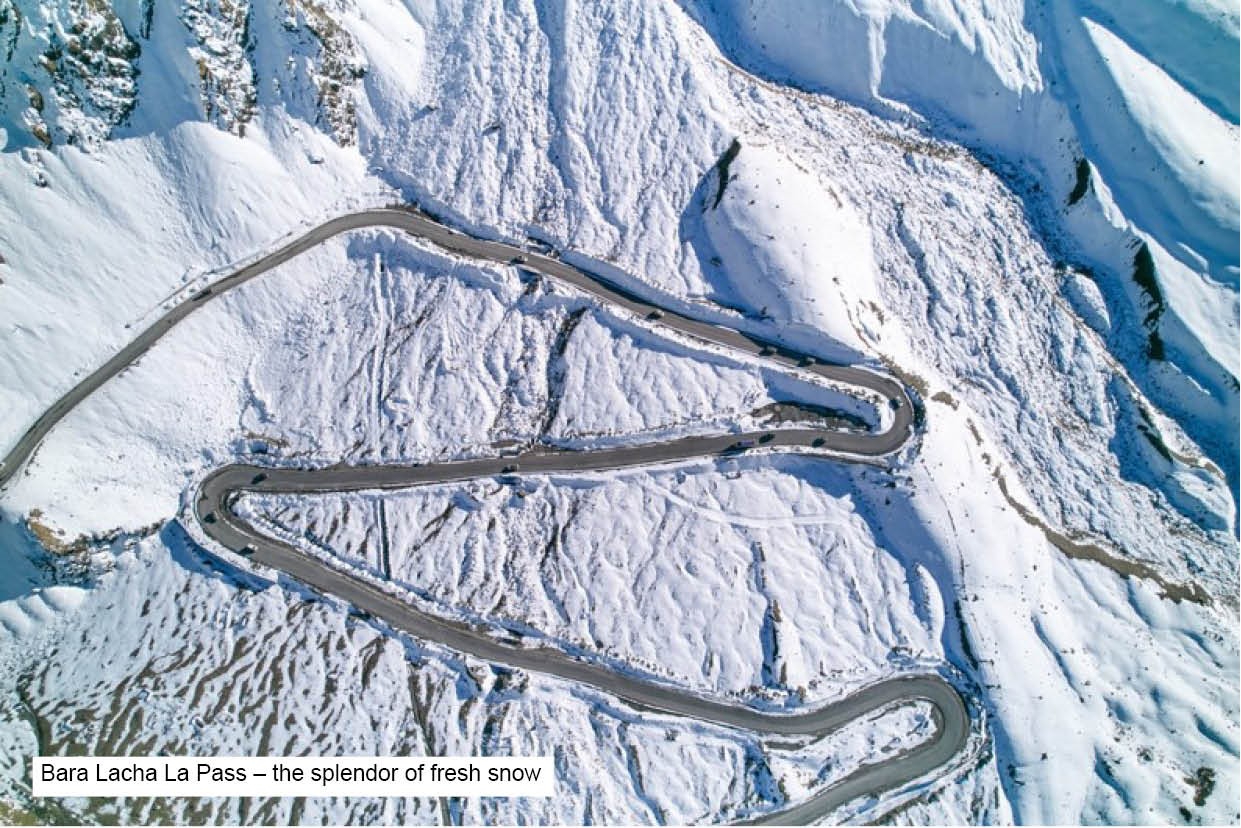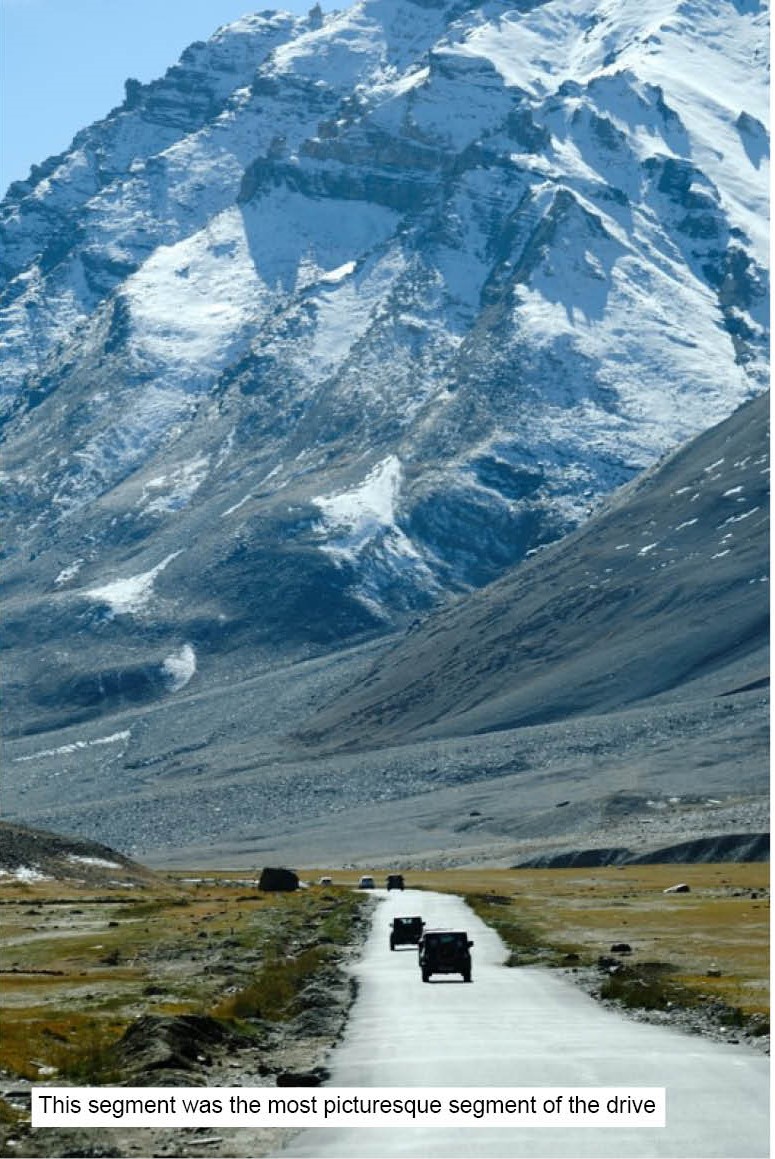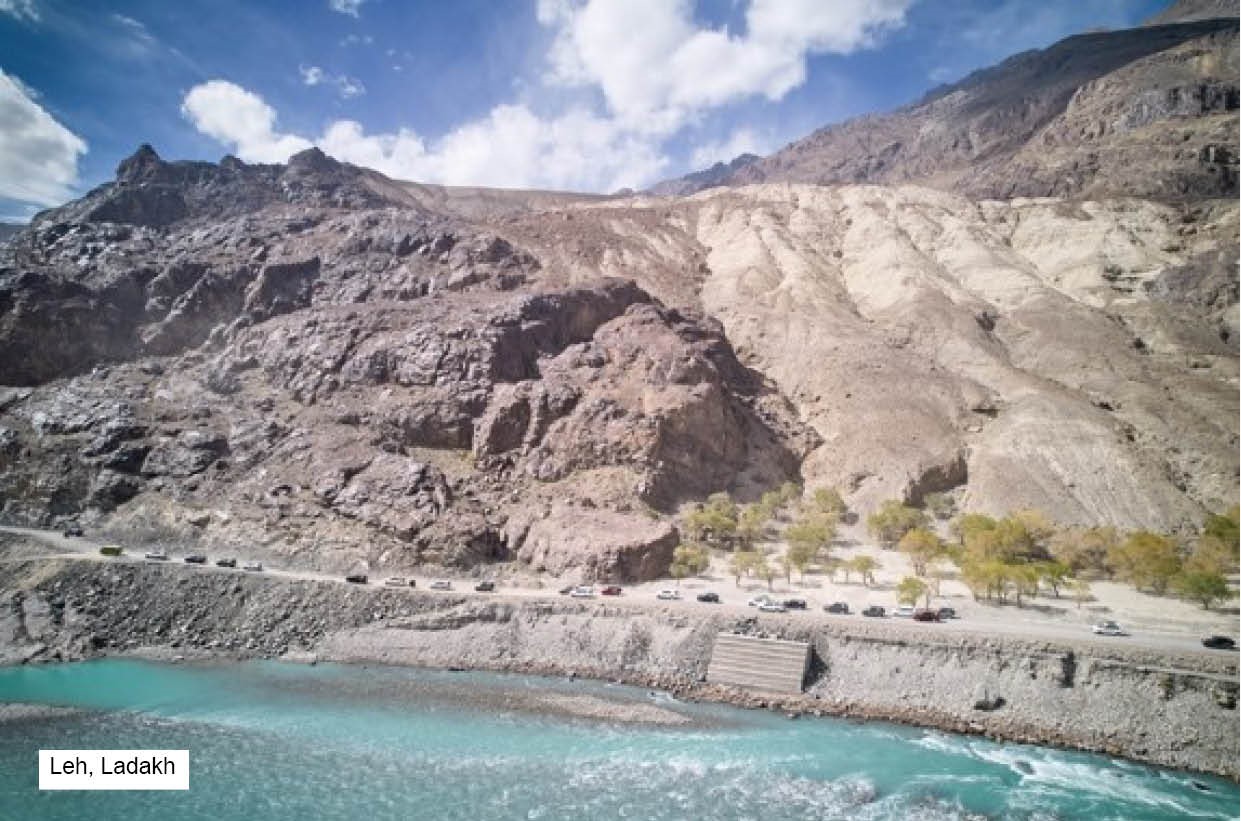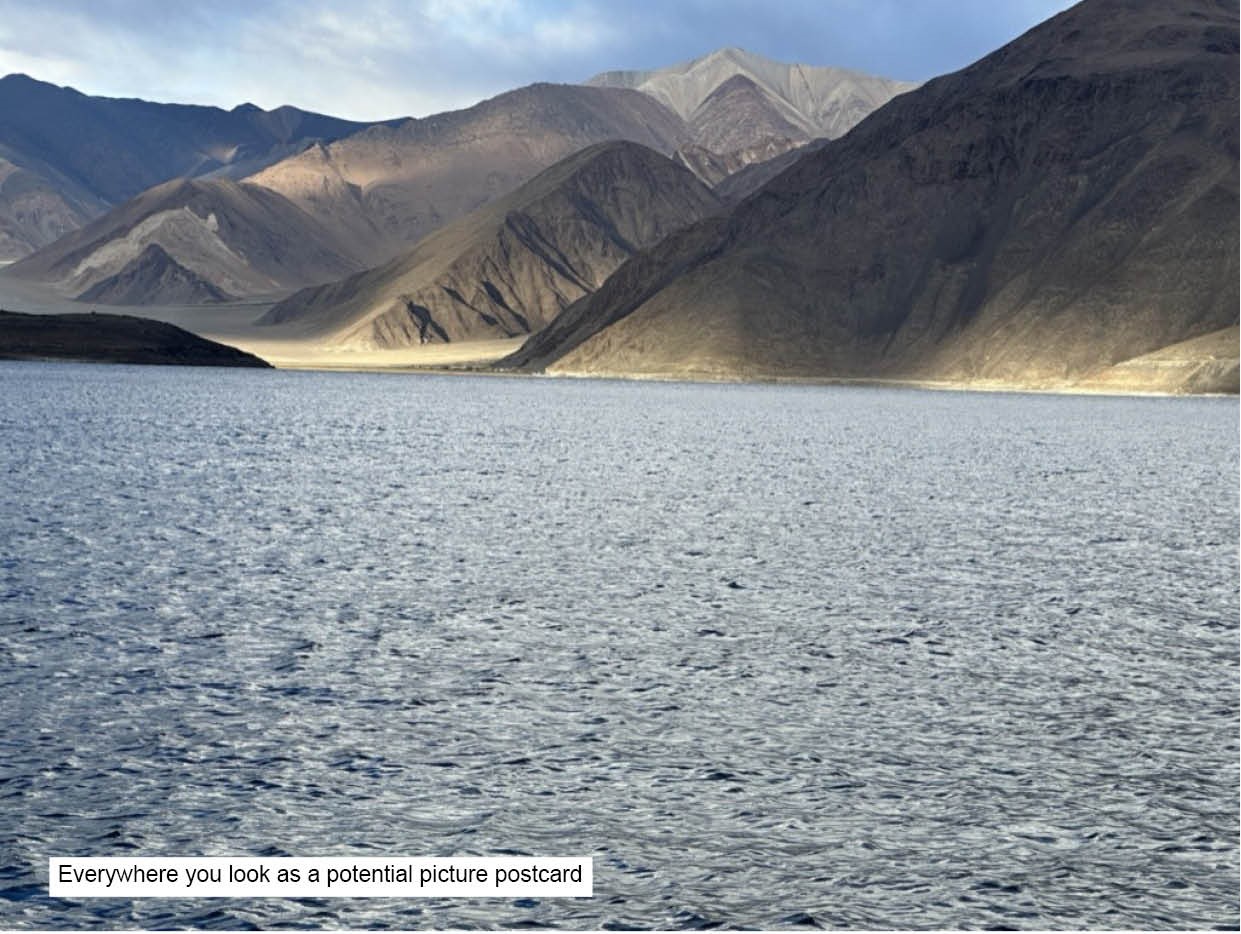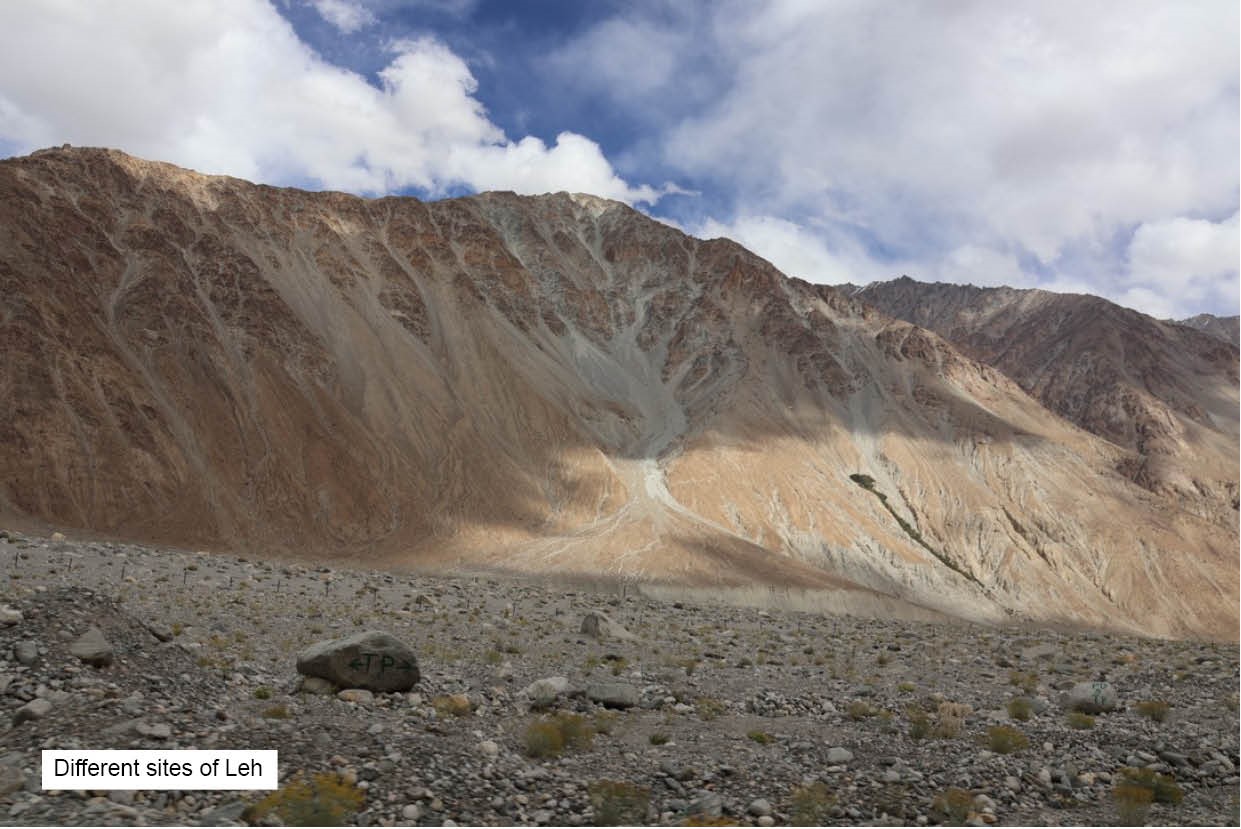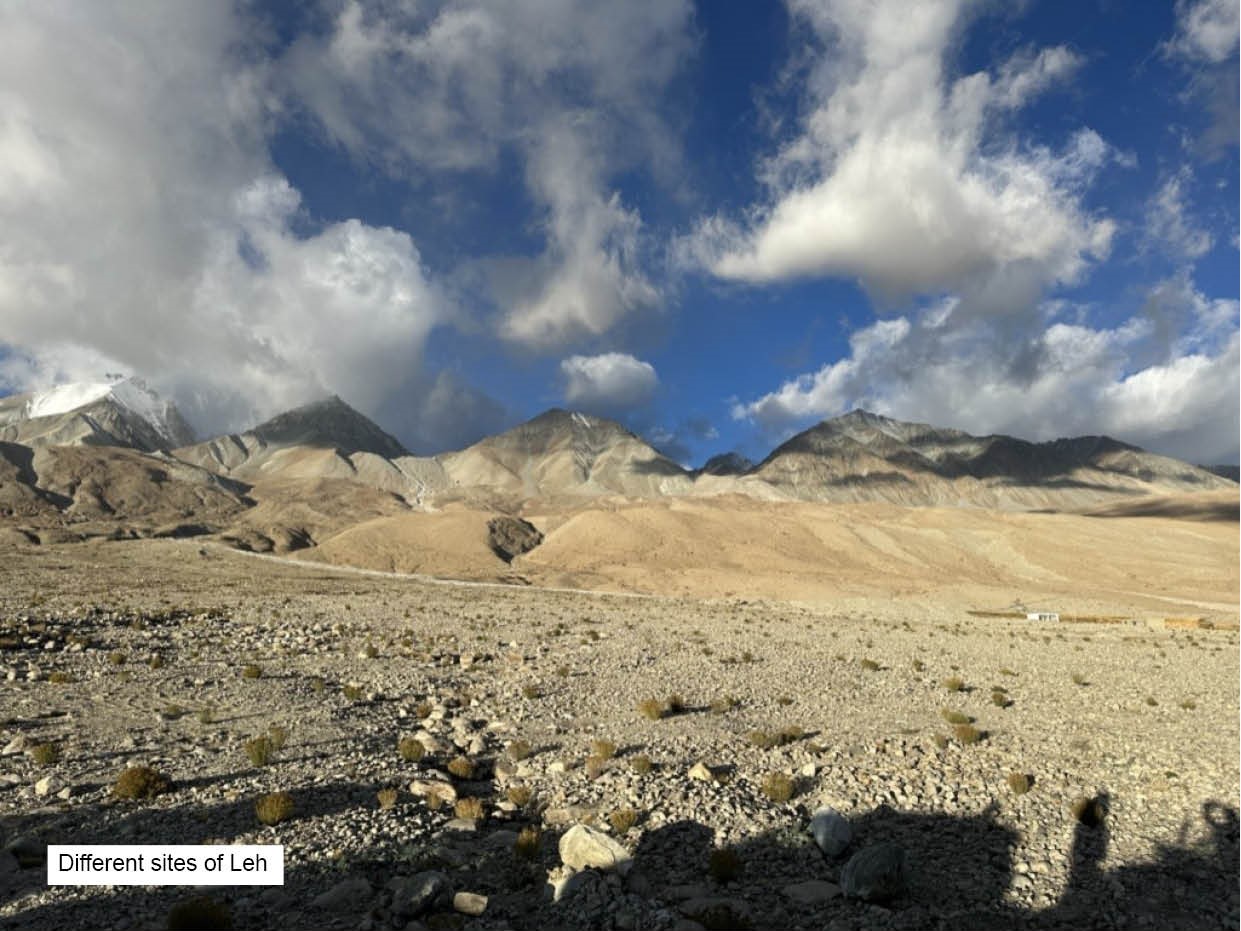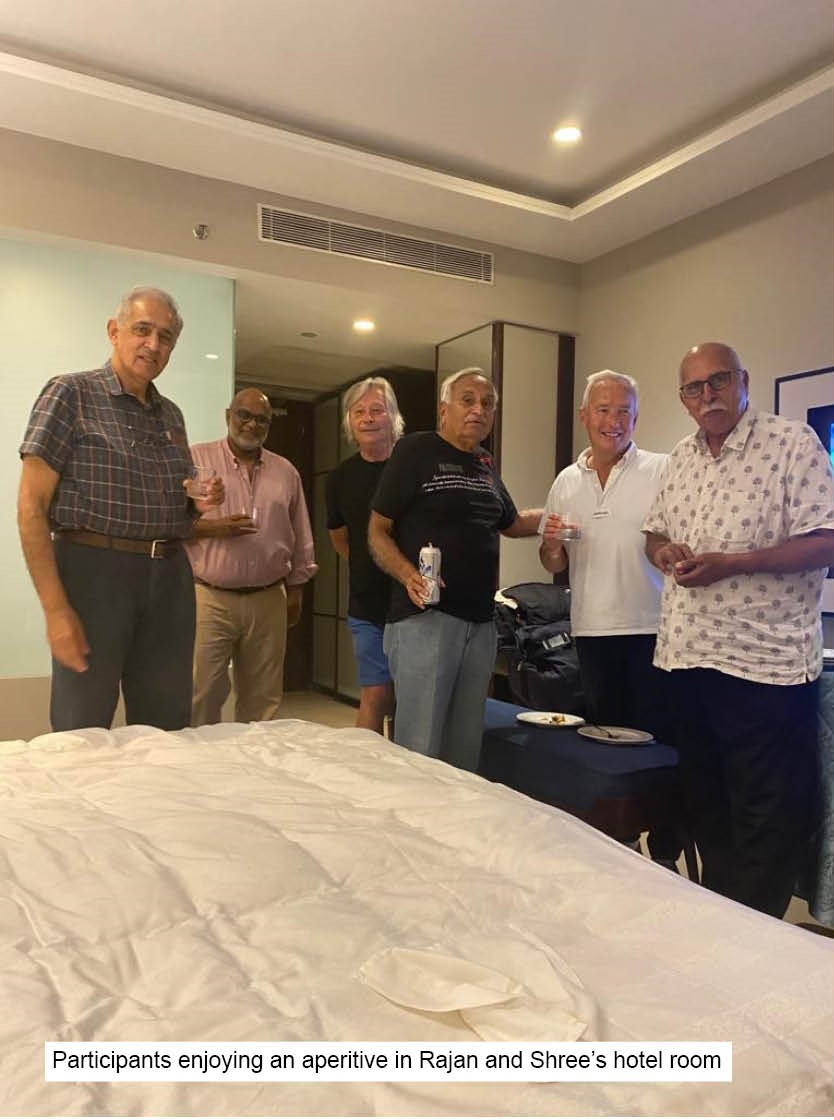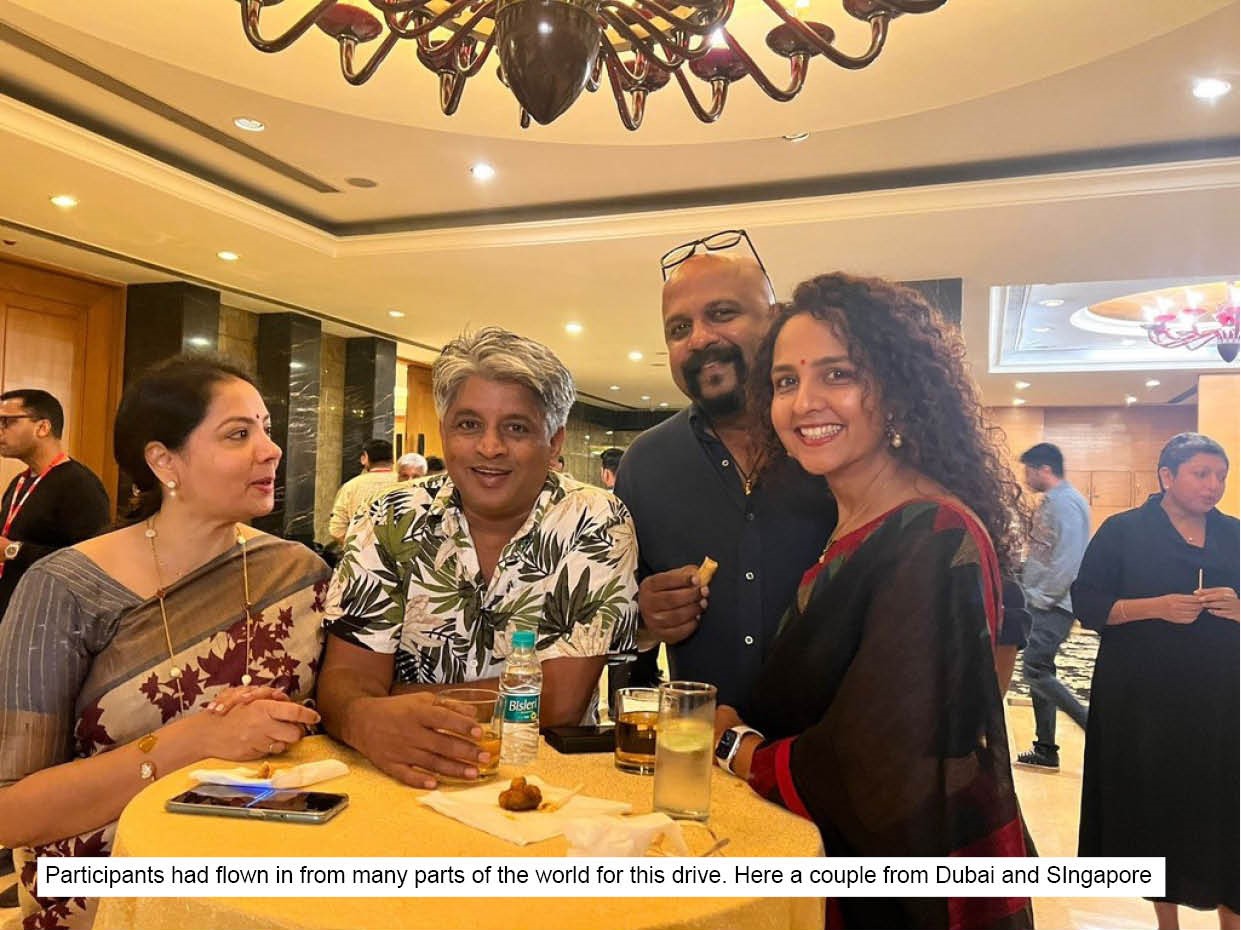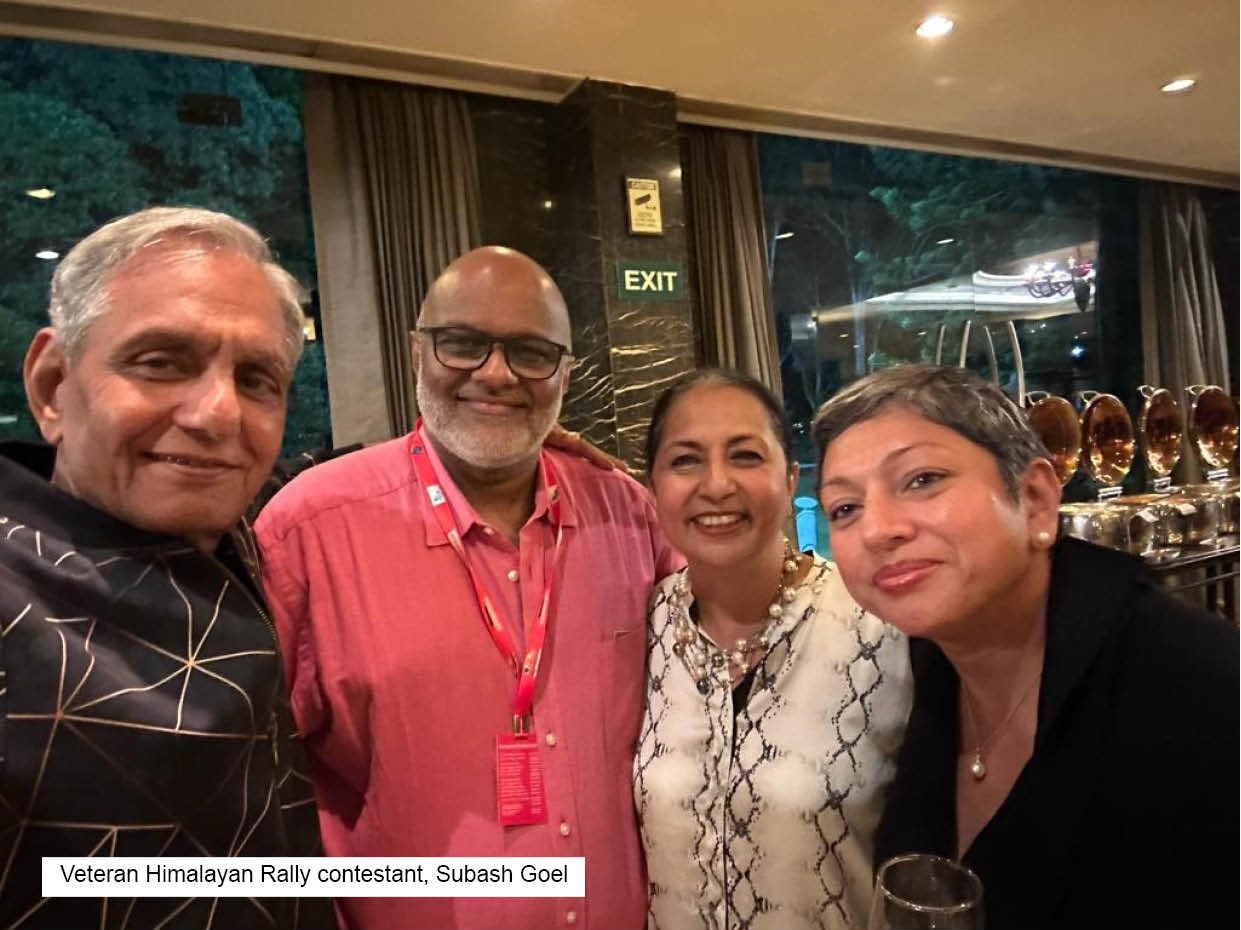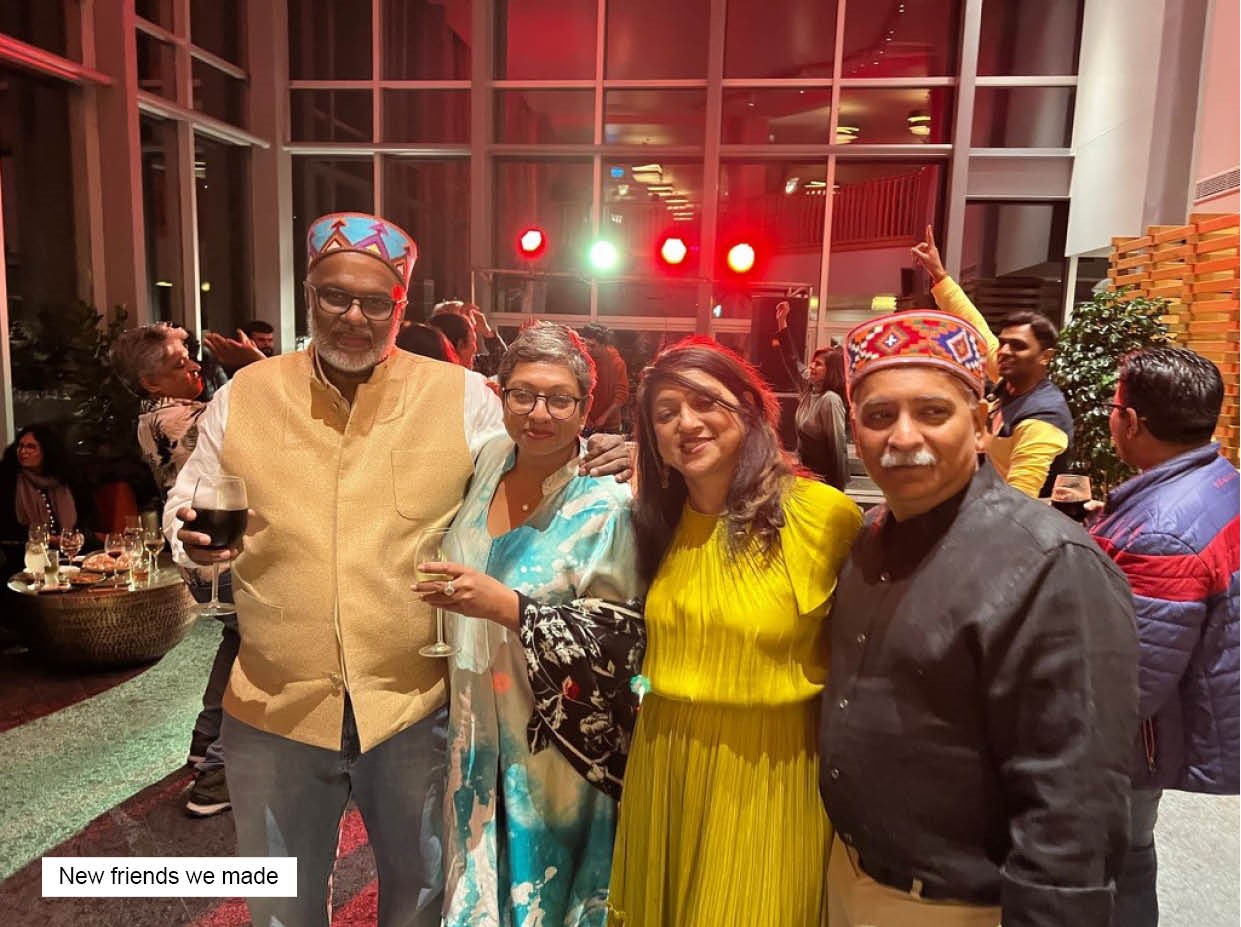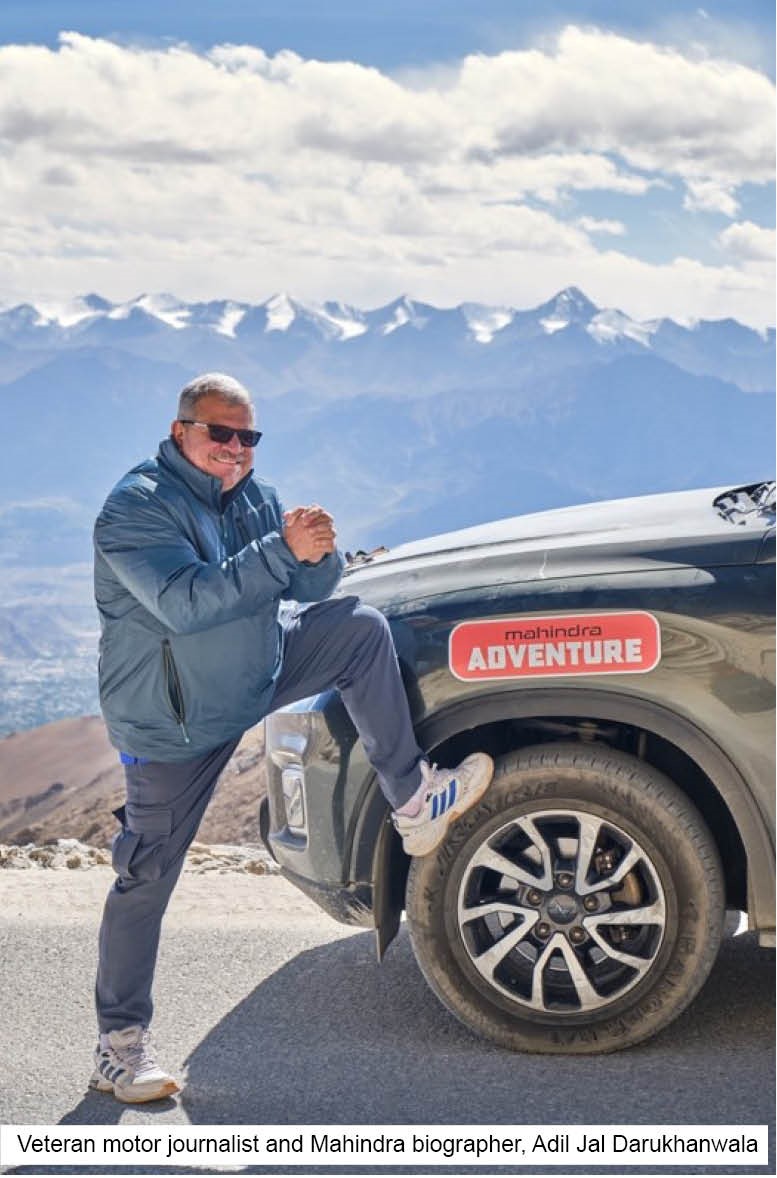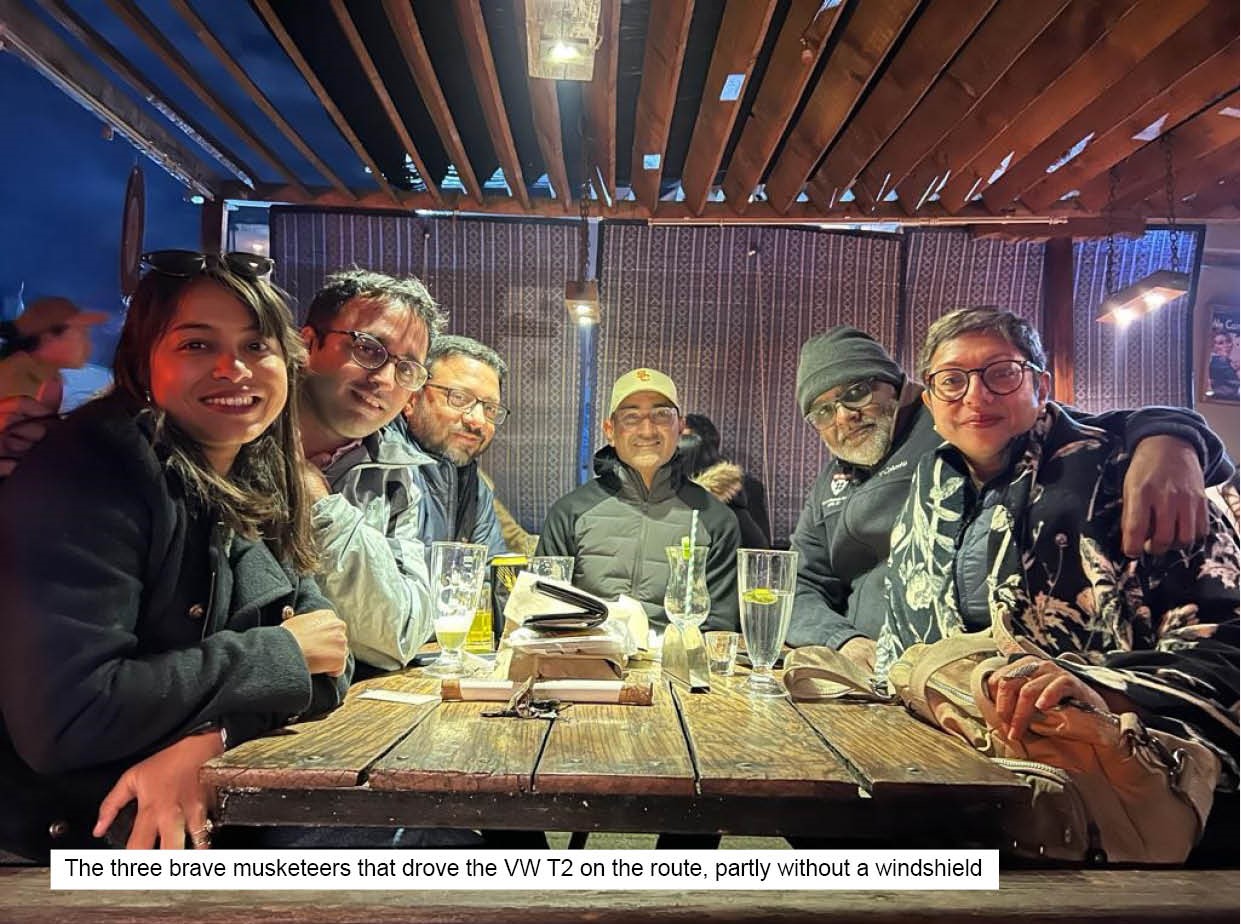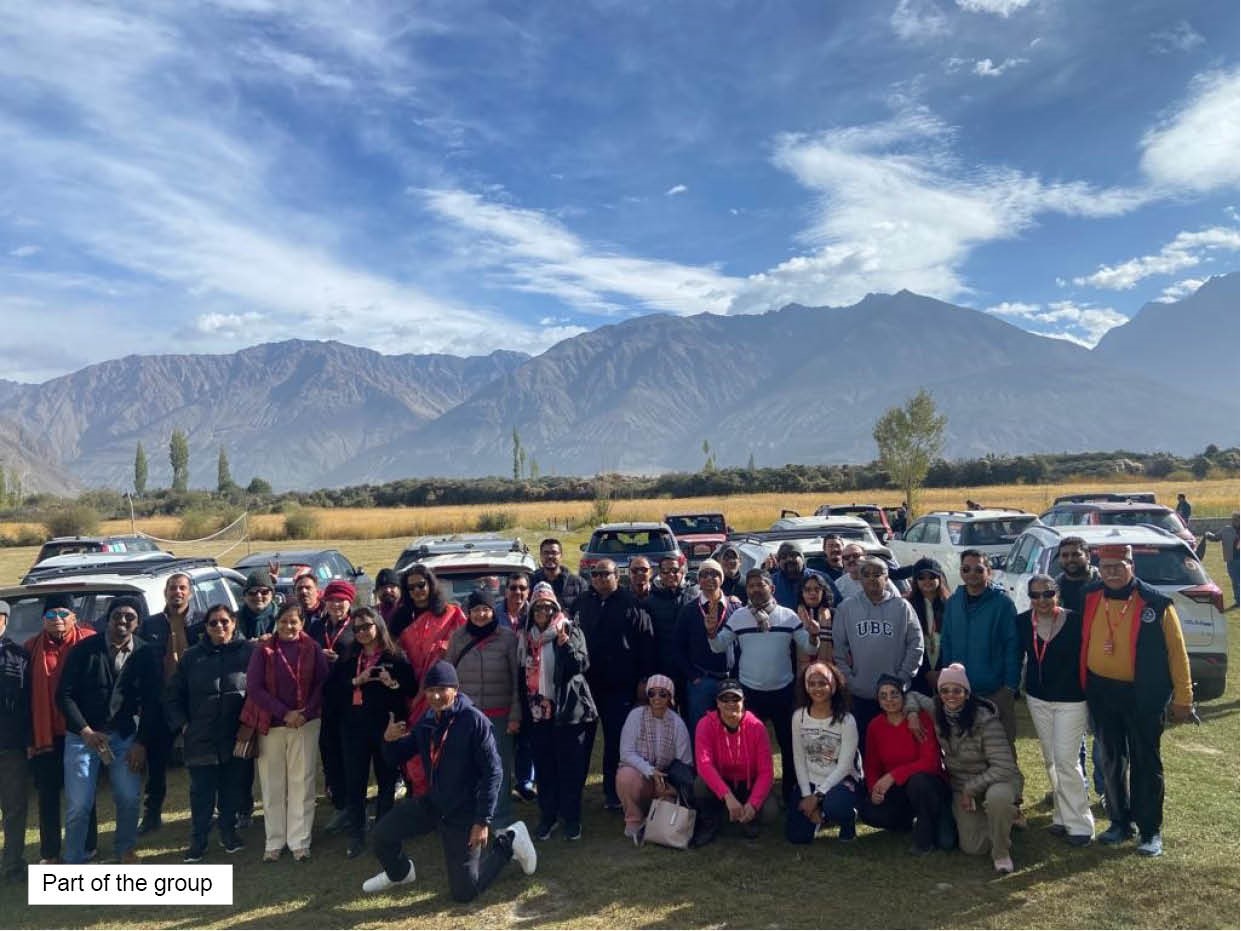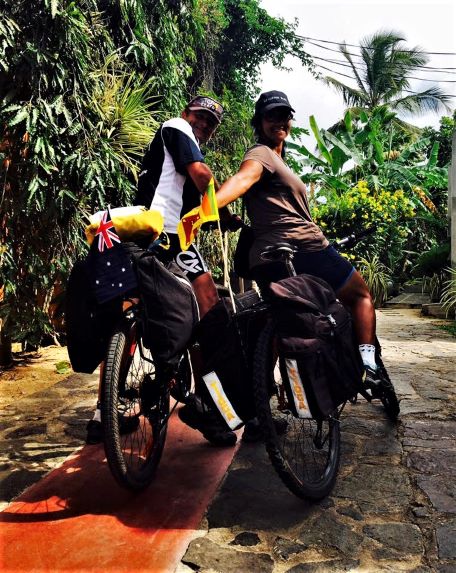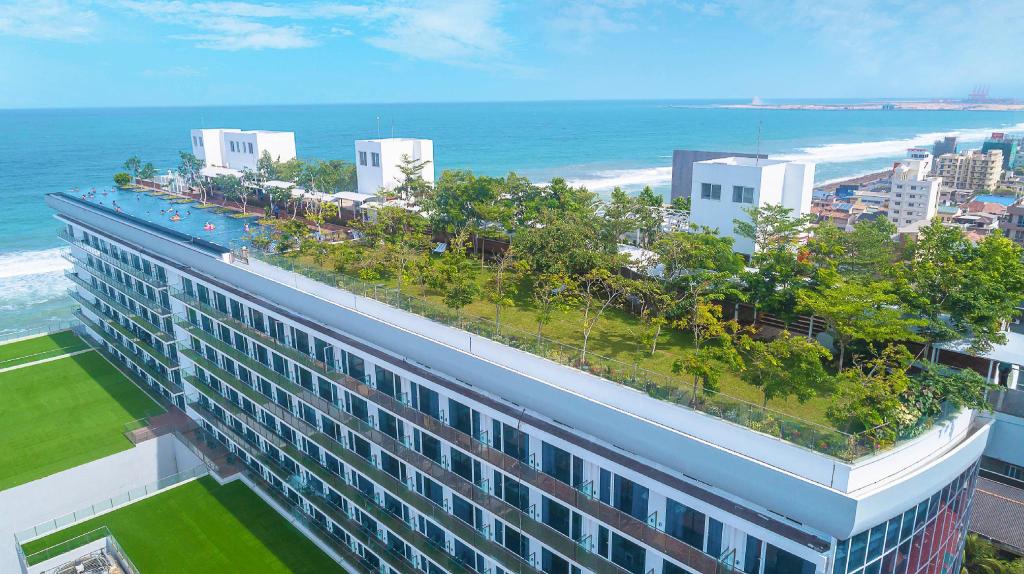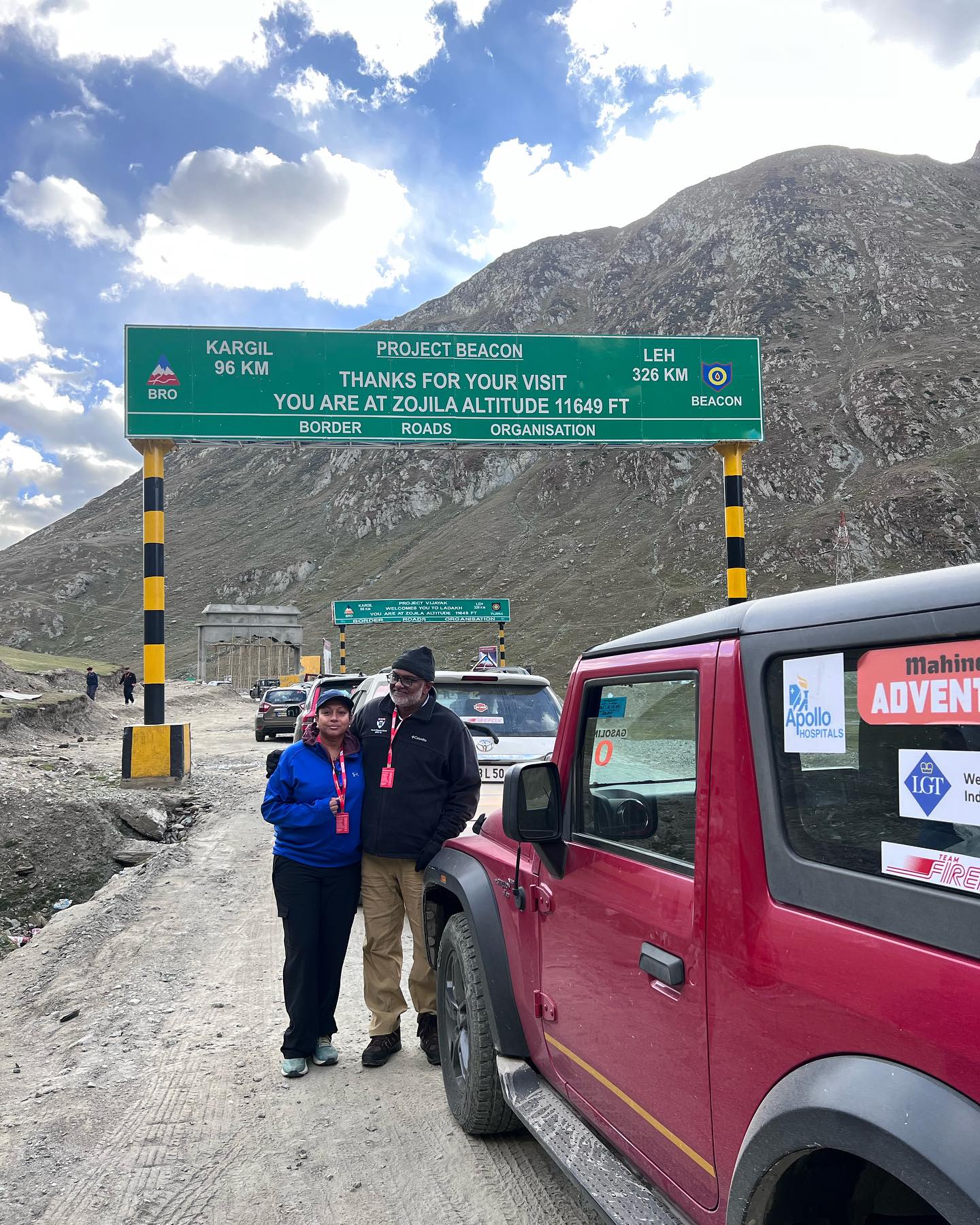
When I signed up for the Himalayan Drive, I never imagined that this would be one of the most exhilarating and challenging drives I have done. Called the Himalayan Challenge, to the roof of the World, it is organized by Fox Racing, run by Rajan Syal seven times Himalayan Rally participant. Along with fellow rally drivers, petrol heads and car enthusiasts we had an interesting group of 60 participants. Communications, briefings and documentation was very professionally done and very reminiscent of our rally days.
Our initial reaction to receiving this route plan was the distances we had to cover in a day. Did we have the energy for this much driving? The second element of uncertainty was the altitude. We were climbing 8,000 feet in the first day, and thereafter just under 2,000 feet per day.
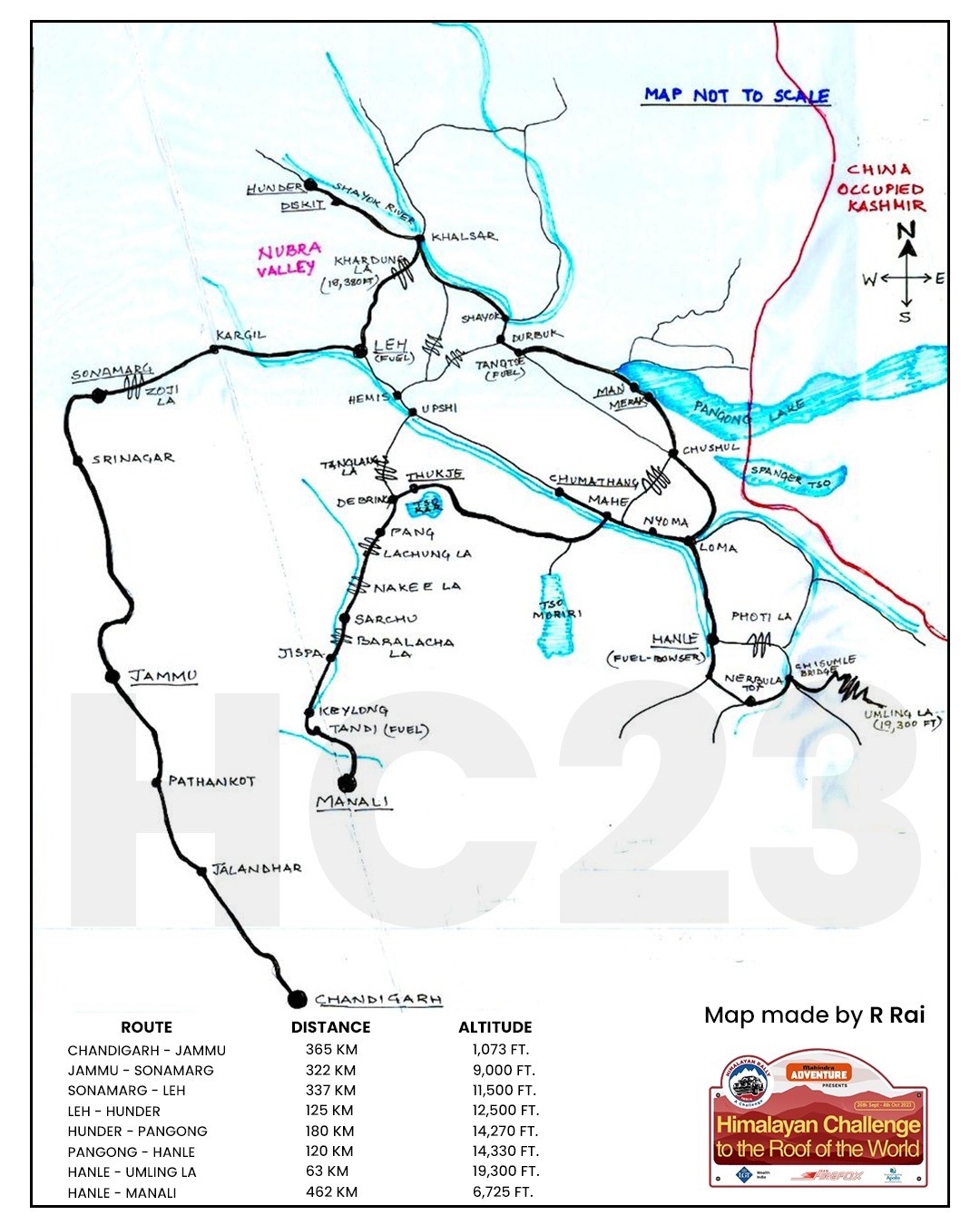
The first two days was mostly highway driving – but not your usual boring highway drives. In India there are speed limits, but no one seems to keep to them, and we didn’t see any speed traps. Overtaking on either side is the norm as is joining the highway from anywhere on a side road and occasionally driving on the wrong side if the need arises! A fellow participant gave me sound advice “hang back and take a good look, plan your overtake”. This worked very effectively.
With
these two important lessons under my belt, I started enjoying one of the most
challenging drives of my life. We were driving for long hours each day, but the
beauty of the scenery surrounding us and the degree of technical challenge the
roads presented gave no time for tiredness. It was just sheer adrenaline
flowing through the veins.
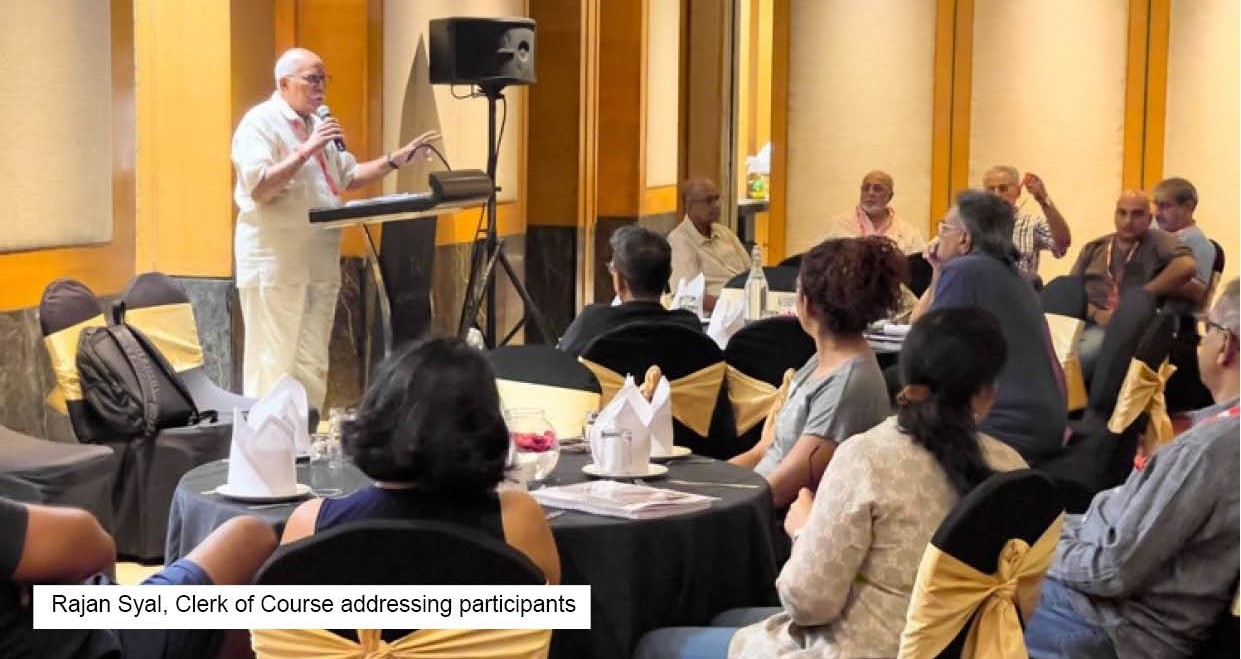
The instructions were – “we are not racing – drive carefully” but I am not sure anyone really heard this. The driving was safe but definitely spirited. The Indian participants all drove exceptionally well. They drove fast, but never dangerously so. They knew how to set up aggressive average speeds and keep pushing on at this speed. They knew to overtake slower drivers in a decisively fluent and safe manner. Many times, I followed a driver, just to appreciate how well he or she tackled the corners and to learn his cornering line. We don’t have the opportunity to experience flowing corners at speeds of between 80 – 100 kmph in Sri Lanka, which was what most of the drive was all about. The roads did not slow us down and the Mahendra Thar that I was driving performed brilliantly (more on that later).
The Drive - Chandigharh to Jammu
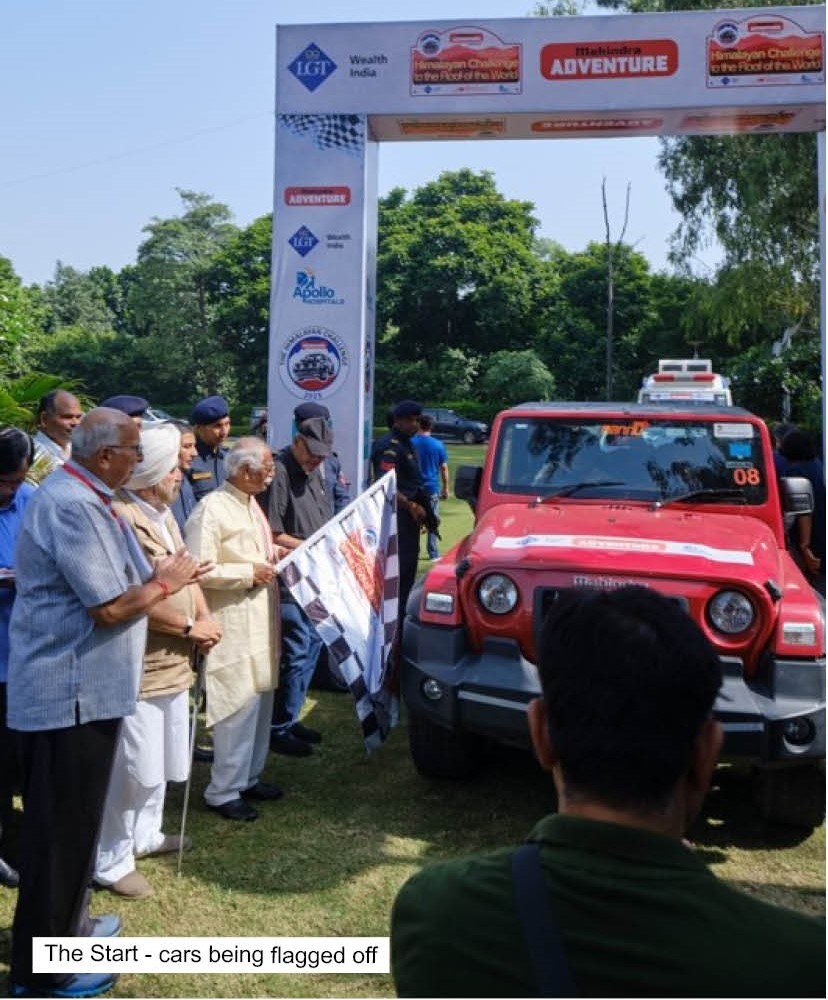
This drive was very memorable, primarily because we took a wrong turn off the highway and ended up in a little village in the heart of Punjab. There was a festival going on and thousands of people were walking in the opposite direction to us. We were surrounded by buses, all traveling at less than 2kmph with people inside, hanging on and sitting on top. Everyone was amused at these rally cars trying to make their way through the traffic. The villagers threw flower petals, bananas, and ice-cold bottles of water to us.
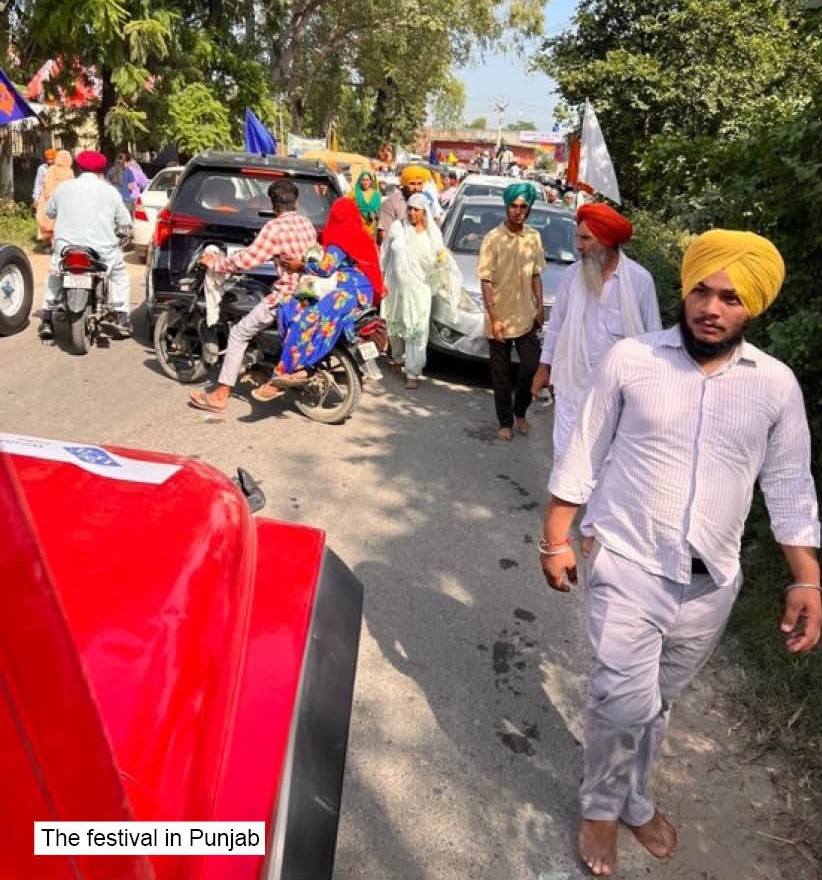
Jammu
to Sonmarg
This saw the start of the climb. We could feel our bodies beginning to adapt to the increasing altitude. Here, we first began seeing the snow-capped mountains, and the steep winding roads. We climbed 8,000 feet getting to Sonmarg, and experienced the first of the cold. We also experienced the first signs of altitude. Something simple like having a shower was a physically tiring exercise and we needed to sit and rest for a few minutes after a shower.
At
around this point of the trip, the driving times were getting longer, the
departure times earlier. By now we were deep into the hills, with little
traffic. We were well accustomed to the roads. Our car was our home, where we
happily spent eight to 10 hours per day, seeing the beauty of the Himalayan
landscape.
Sonmarg to Leh
From Sonmarg onwards the terrain changed from carpeted highway to any
and every kind of road imaginable.
Narrow mountain roads where two cars can barely pass, massive sheer drops with no safety barriers. Miles of beautifully carpeted B roads devoid of traffic and habitation for miles. Roadworks. Bridges of all sorts in all states of disrepair that despite the clattering and shuddering bravely bore its load. We experienced Indian tunnel technology with probably some of the longest tunnels in the world.
We made it up to Khardungla pass, which at 17,982 feet is the second highest motorable pass in the world, but had to return to Leh as my wife was experiencing some altitude sickness. However, we had two days to explore Leh which was fantastic and experience some of the best food on our trip.
Around
Leh
Leh
to Manali
Rumoured
to be one of the most spectacular drives in the world, it certainly lived up to
its reputation. We drove through the Lachungla Pass at 16,616 feet and headed
for Bara Lacha La that had been closed off for two days due to heavy snow fall.
Traffic was heavy, the snow and ice saw us slithering for grip in some places
and the light bouncing off the pristine snow along with the sheer drops had my
vertigo going crazy. After Bara Lacha La, the road condition improved, and we
had a lovely flowing drive down to Manali.
The Vehicles
Whilst most of the participating vehicles were Indian made, there were a host of European vehicles on the run too. From a few Mercedes G Wagons to Mercedes GLE’s, Audi Q7’s, and Land Rovers and Range Rovers formed part of the array of vehicles that challenged the Himalayas.
The quality and reliability of the Indian vehicles was astounding. I had the opportunity of a very personal encounter with a Mahindra Thar, which was transformational.
The
Mahindra Thar was an incredible vehicle with bags of personality. It was
powerful enough when pushed hard. It handled extremely well, when driven on
good roads. The pictures of the Thar cornering show that it was able to
maintain poise even when cornered very hard. There was always lots of grip,
which almost taunted the driver to go a bit faster and explore the vehicle's
limits. On bad roads the Thar was even better. It felt tough. There were no
rattles from inside or outside. In fact, at points where the car was on a very
bad road, and the suspension was working very hard to keep its wheels on the
ground, there were no rattles from the dashboard or any of the interior panels.
Similarly, the suspension never bottomed out, even when the car was airborne
and landed on its wheels. If there was ever a successor to the infamous Land
Rover Defender in its original form, the Thar would be it. Actually, better in
respect of on road performance, safety, and in car comfort. And better than the
Jeep that it is purported to copy. One does wonder why this claim is made, as
from a mechanical perspective the two vehicles are very different.
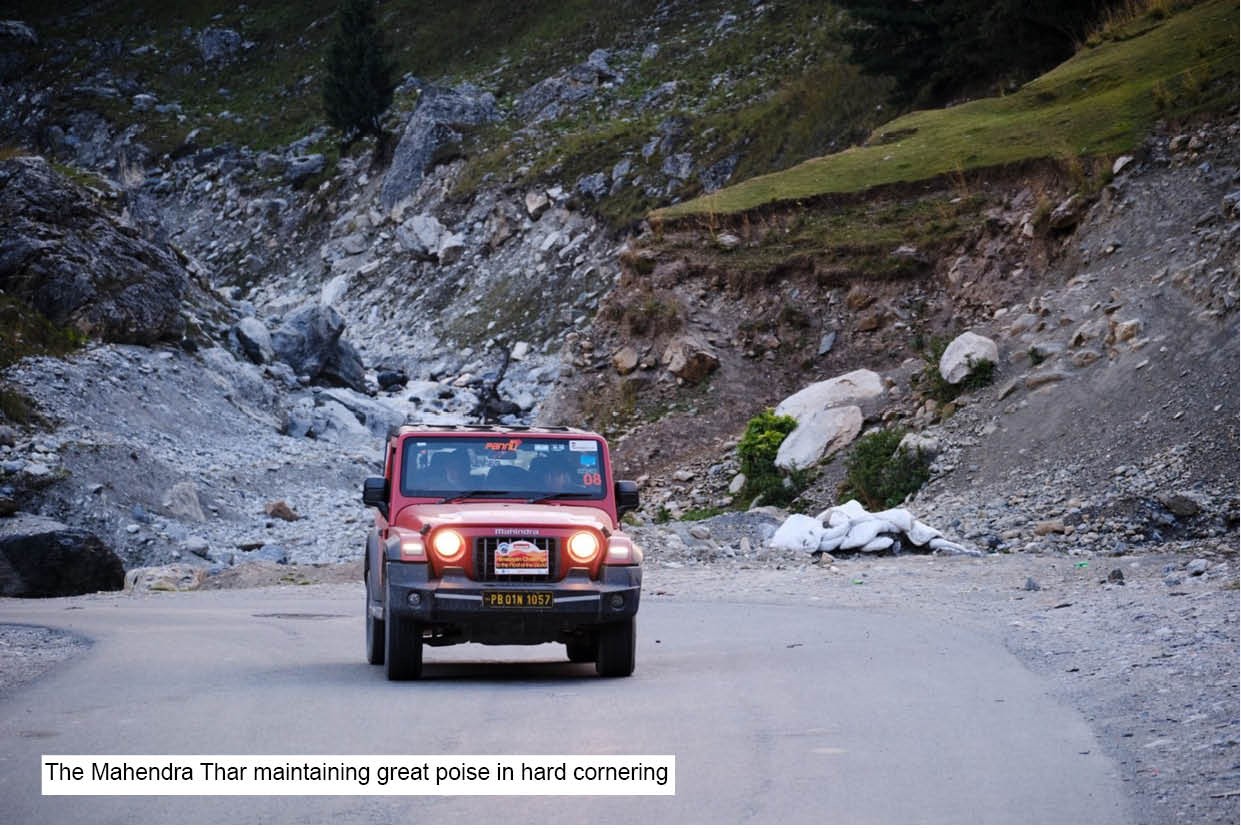
The Scenery
To say the scenery was spectacular would be doing it an injustice. Its
is nothing like I have ever seen before. Towering mountains that were harsh and
rocky one minute, green and lush and then covered in snow the next. Crystal
clear mountain streams, miles of flat plains with only wild horses and a
mountain goat or two jumping across the road. As we got into Ladakh we could
see the white stupas and prayer flags everywhere and the temples perched precariously
on the mountainside. The freshly fallen snow was a bonus and from that to the
flowering meadows and pine-covered hills of Manali in a matter of hours was a
total contrast.
The Food
To say we ate well would be an understatement. We traded in the Tandoori
and butter chicken in Delhi for hot aloo parata dripping with butter and
refreshing sweet Lassi in the Dabar’s along the way. In Kashmir we tried the
traditional Wazwan at the famous Adhoos restaurant in Srinagar which lived upto
its reputation of variety and succulence. The food in Leh was a melting pot of
Indian, Chinese and Tibetan cuisine – momo’s, hearty soups, meaty sausages,
fresh peach juice and for us the highlight – fresh wild trout.
The People
The
two other elements that we experienced first-hand was Indian Patriotism, and
the Indian sense of pride in Indian products. We stopped at the Kargil War
Memorial and re-encountered how heroic Indian troupes had recaptured land from
Pakistani soldiers fighting in temperatures of -30 degrees centigrade in very
arduous terrain. Like in Sri Lanka, land and boundaries were very important to
the average Indian, and this gave us a clearer understanding of the geo-political
mistrust between India, Pakistan and China.
Most importantly though, we met warm, intelligent, interesting people and formed friendships that will go on beyond the ten days that we spent together.
Conclusion
The Himlayan Challenge really was a challenge. It challenged us in terms of our ability to drive long distances at speed. It challenged our bodies to deal with high altitude. It challenged us to learn to drive in India, on road conditions that were constantly changing.
The scenery was nothing short of spectacular. There
is nothing that Roshi and I have ever seen that is quite compatible. The organization
of the event was excellent.
The best part of the event was the people we met and the friendships we
built.



